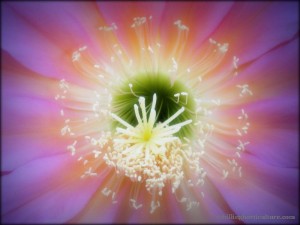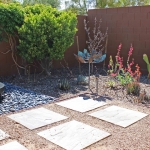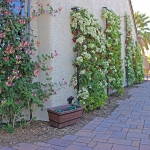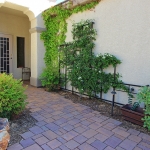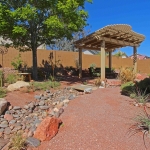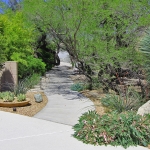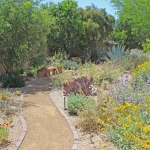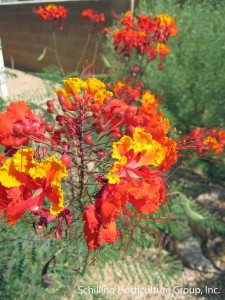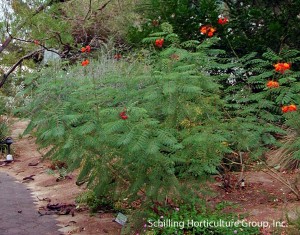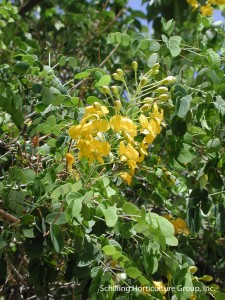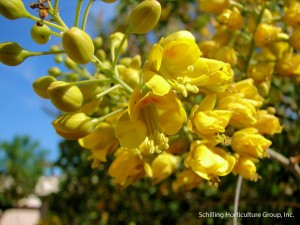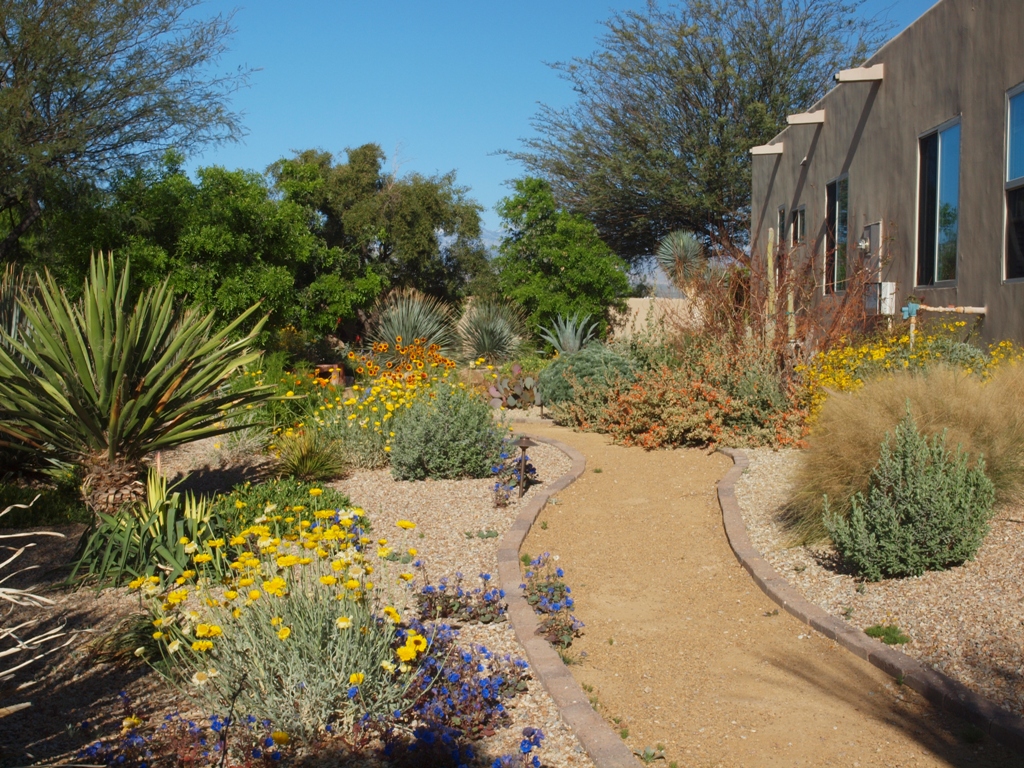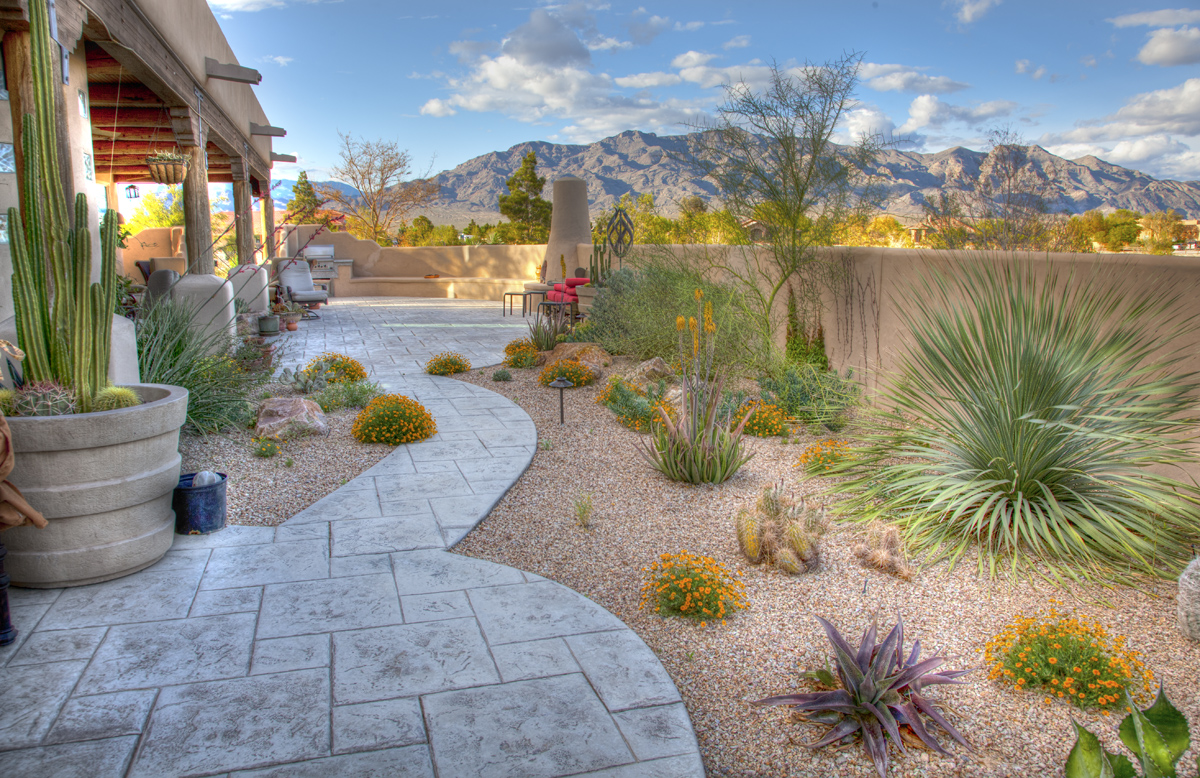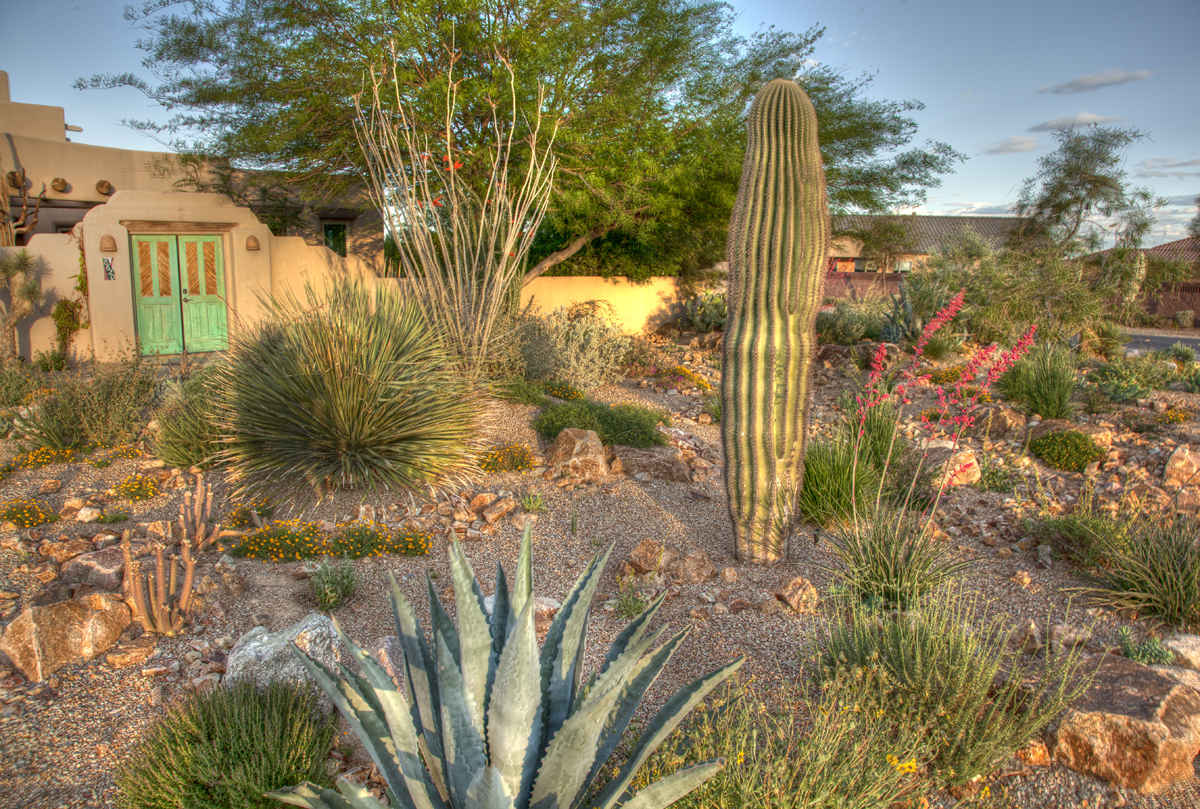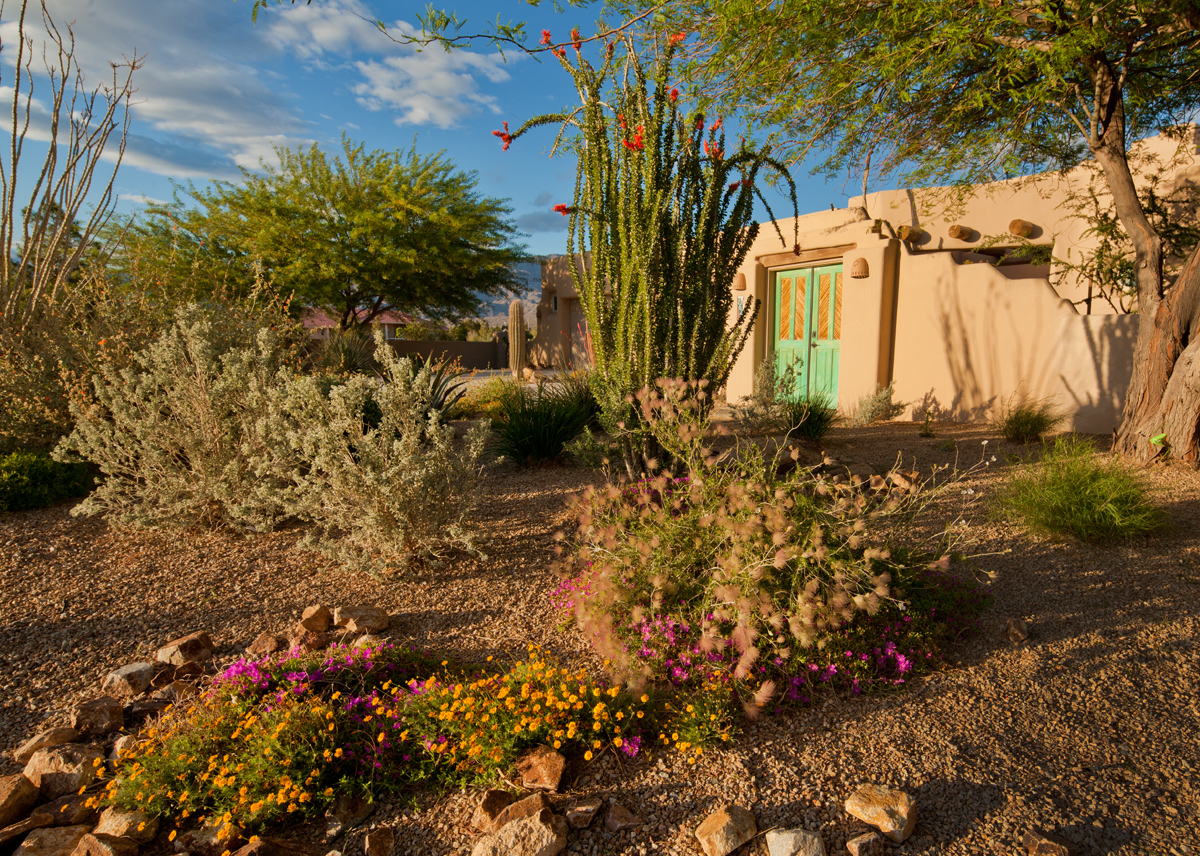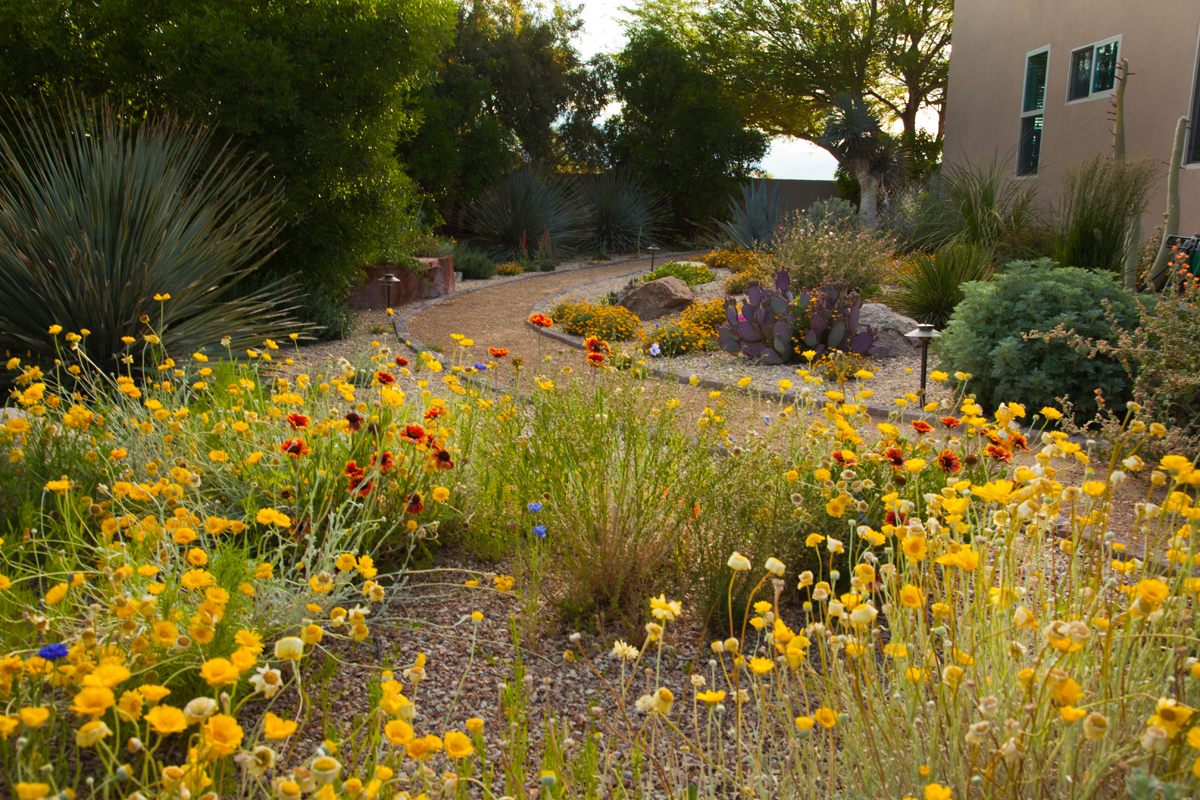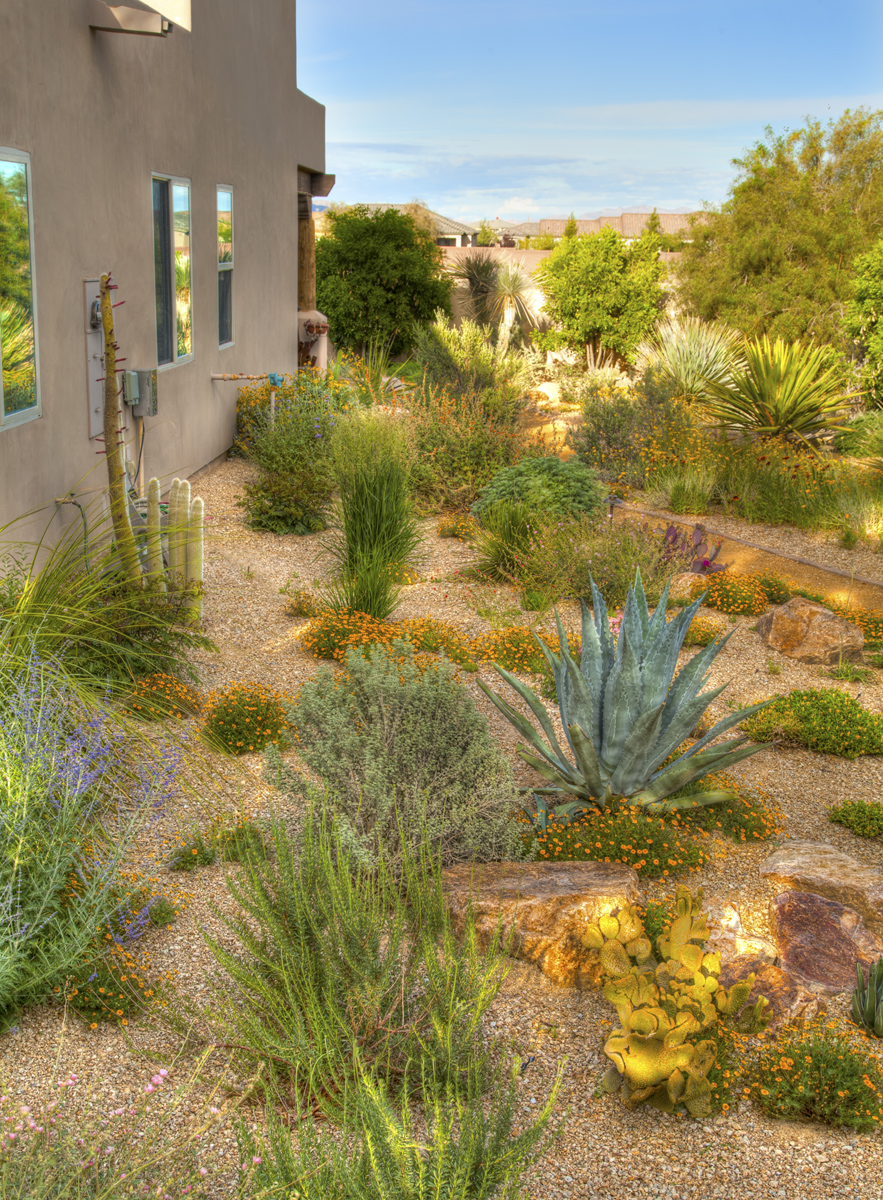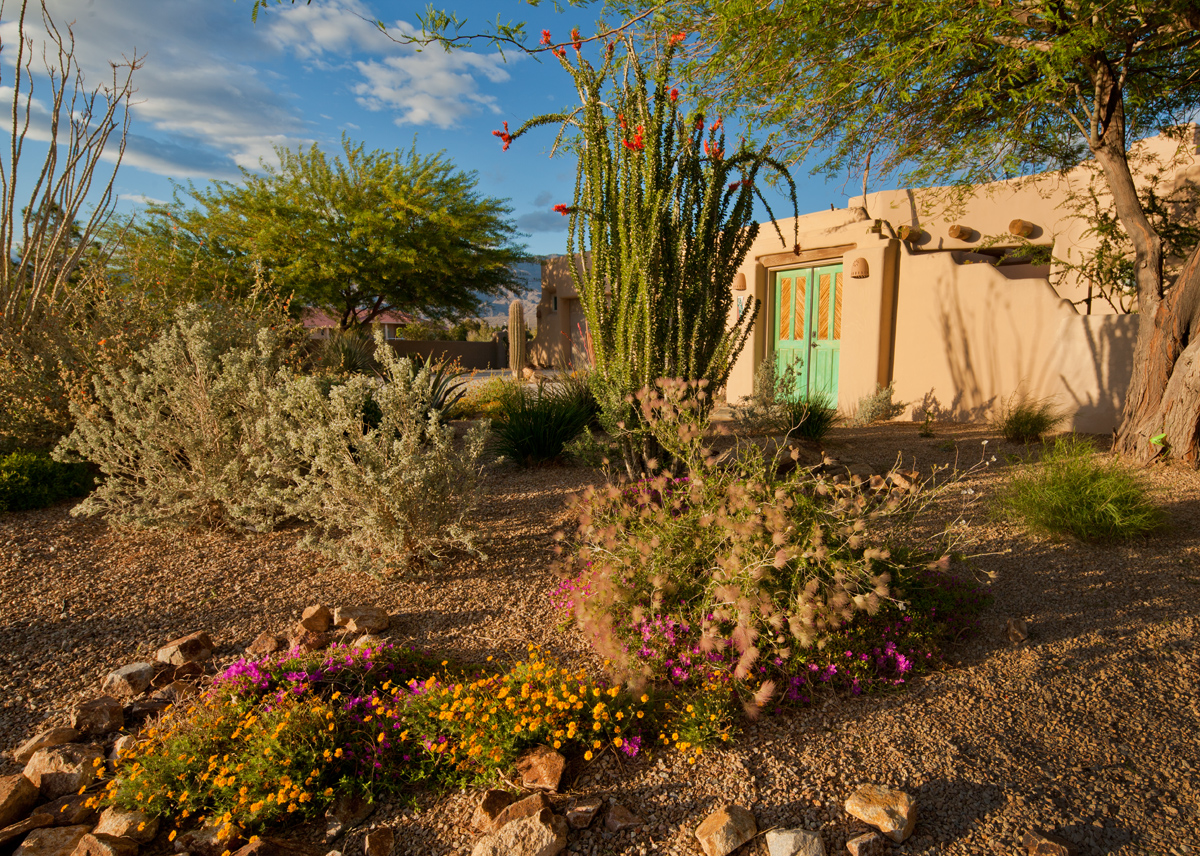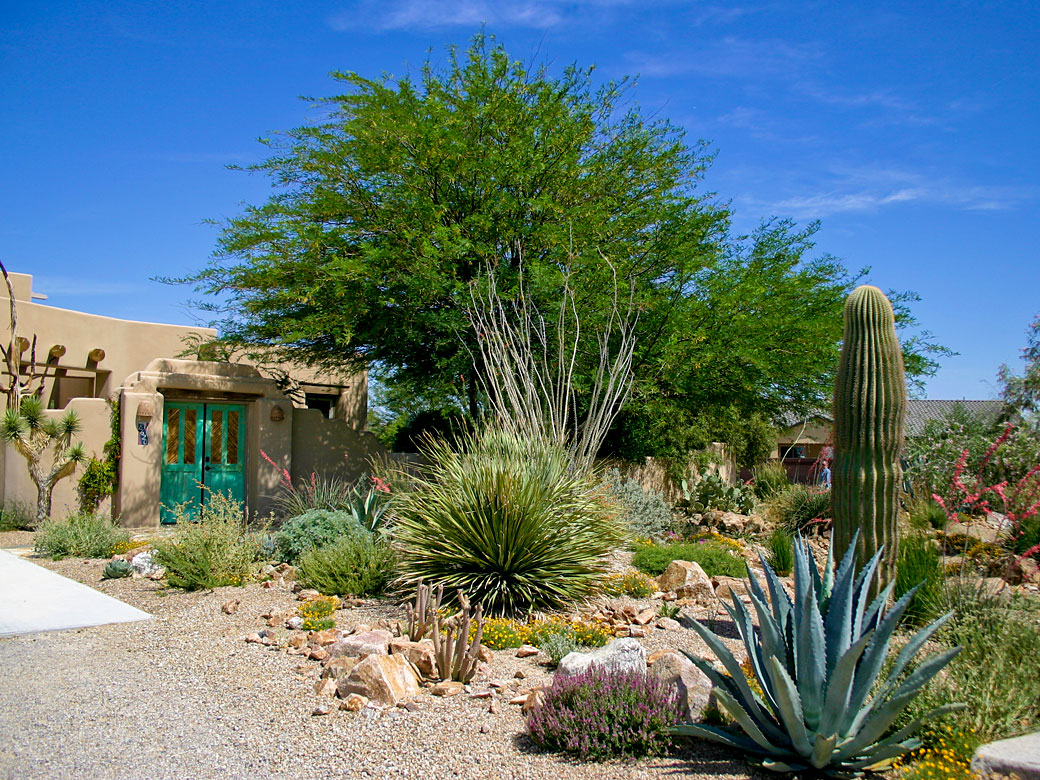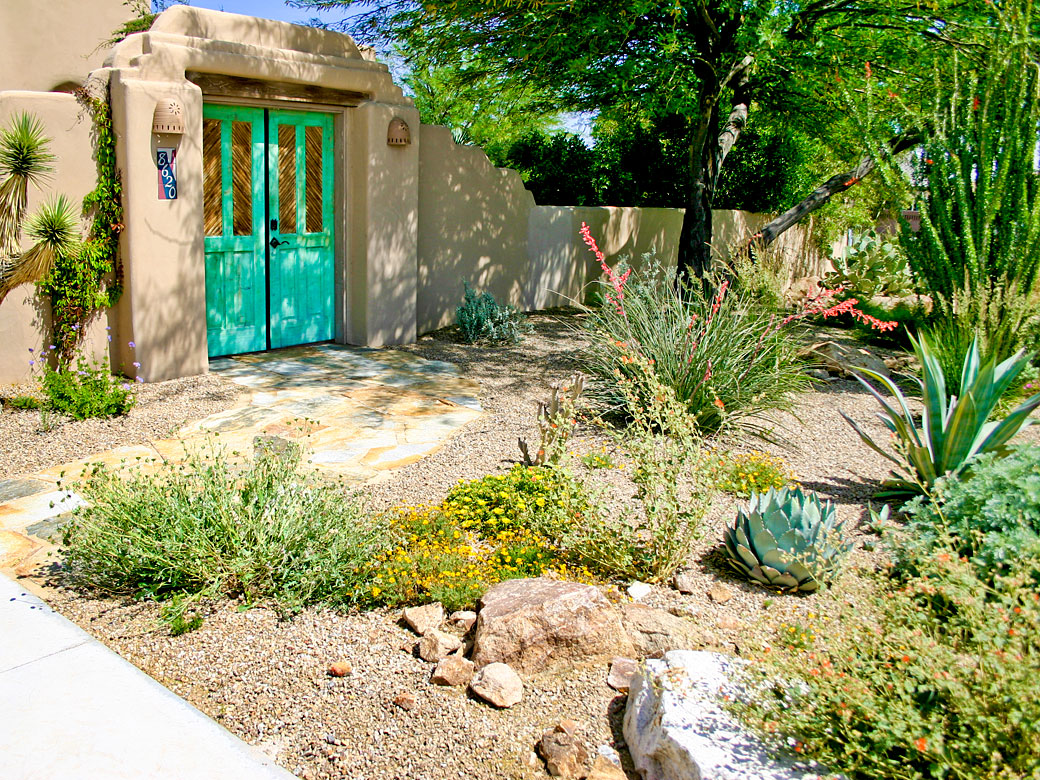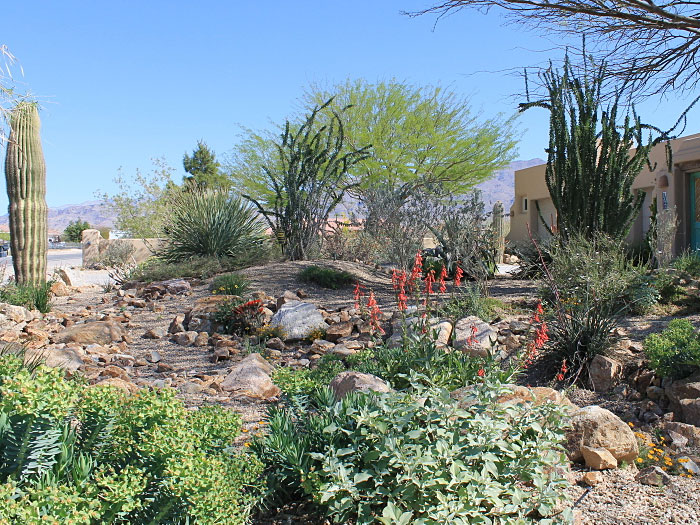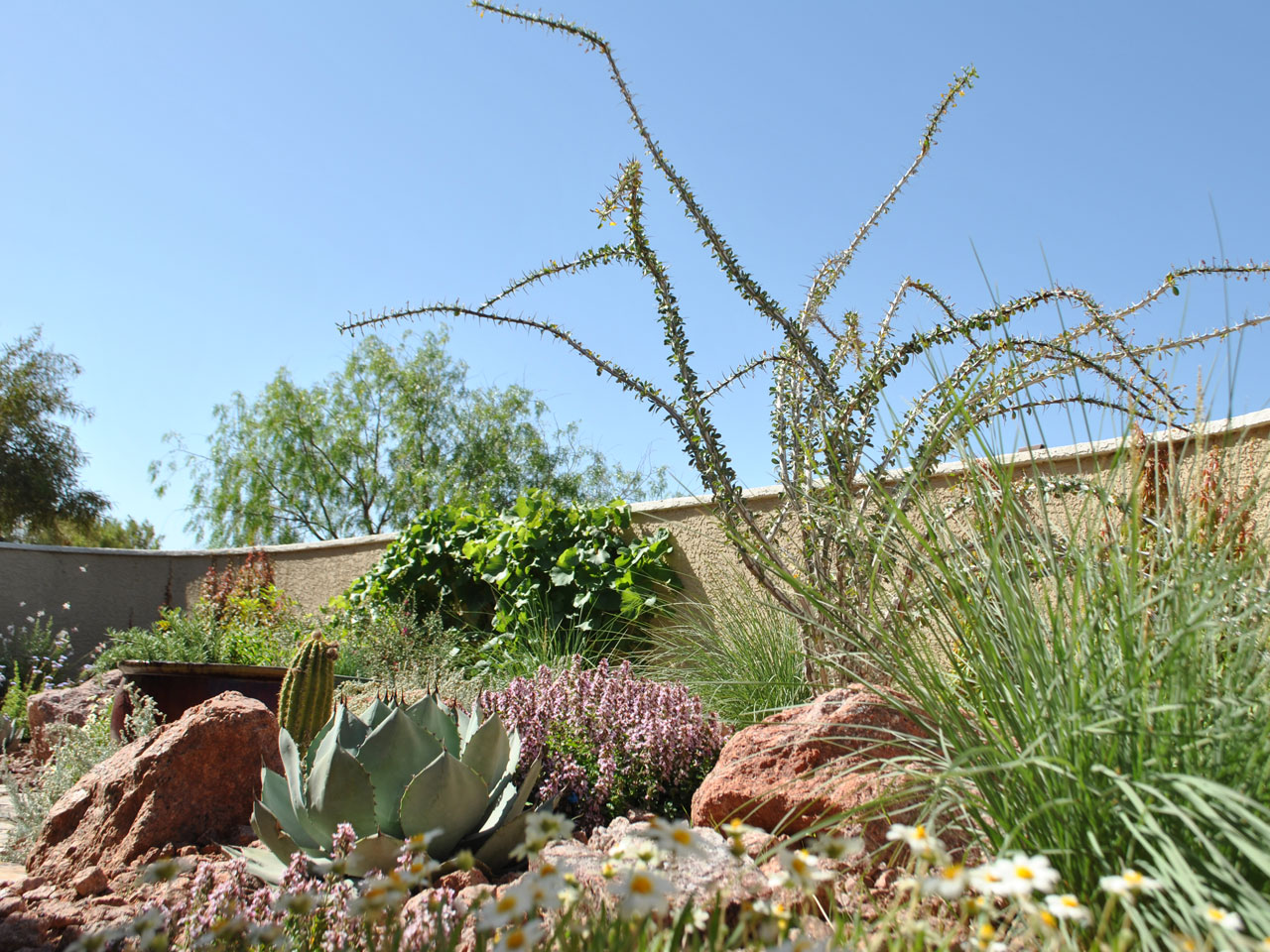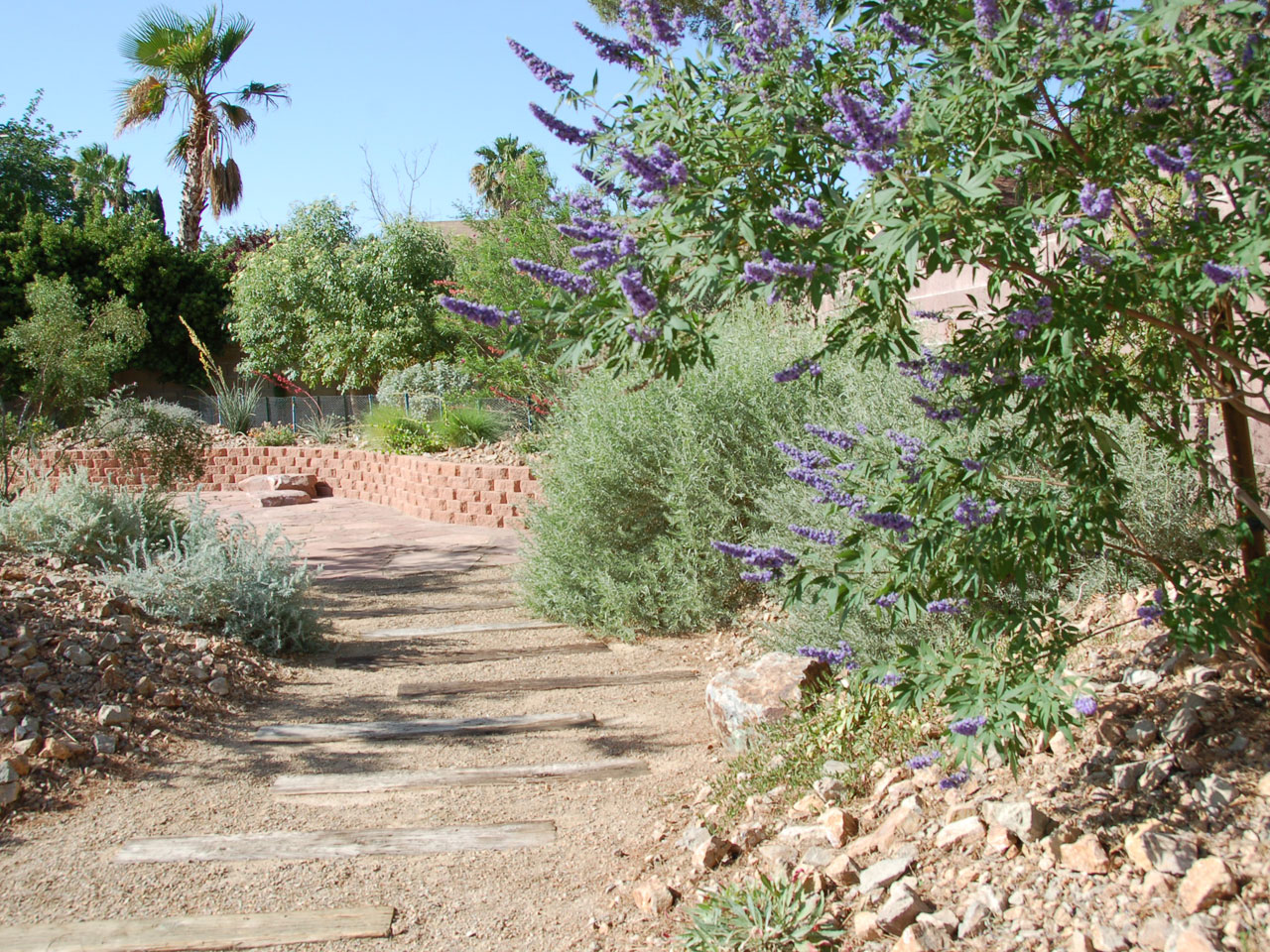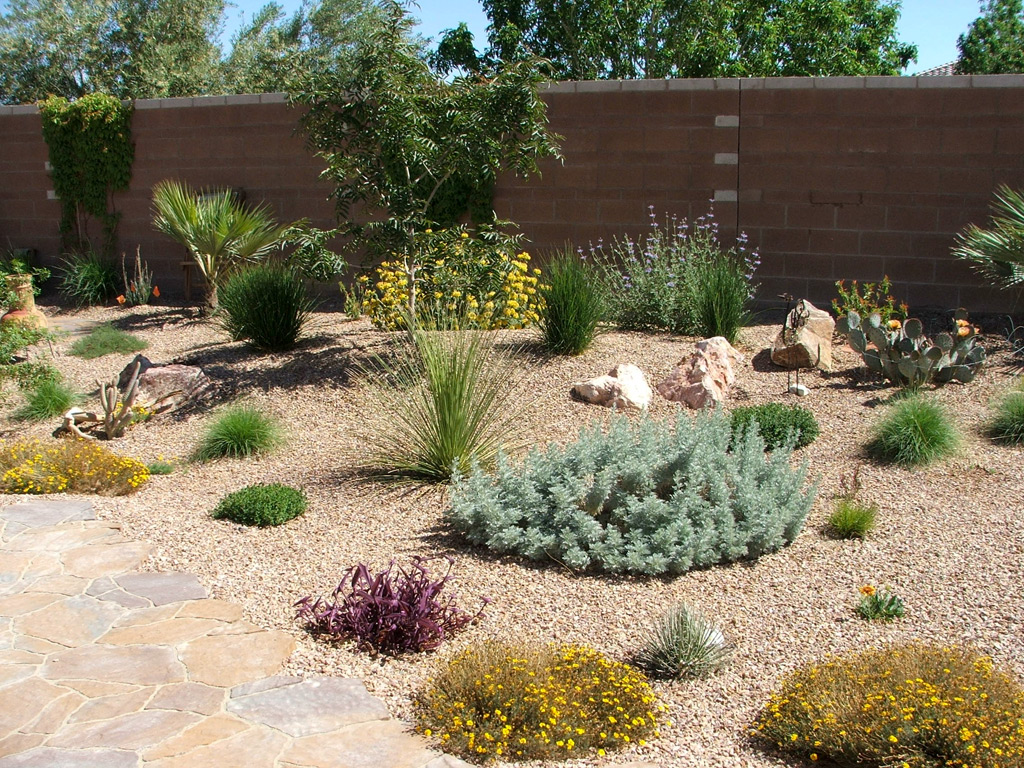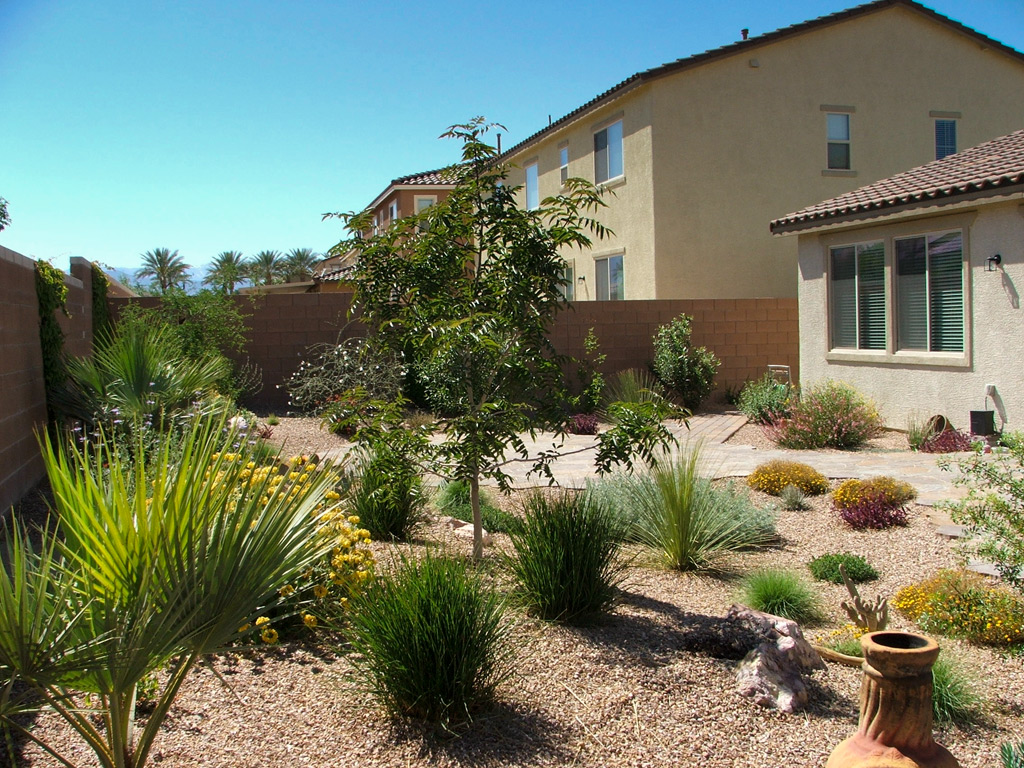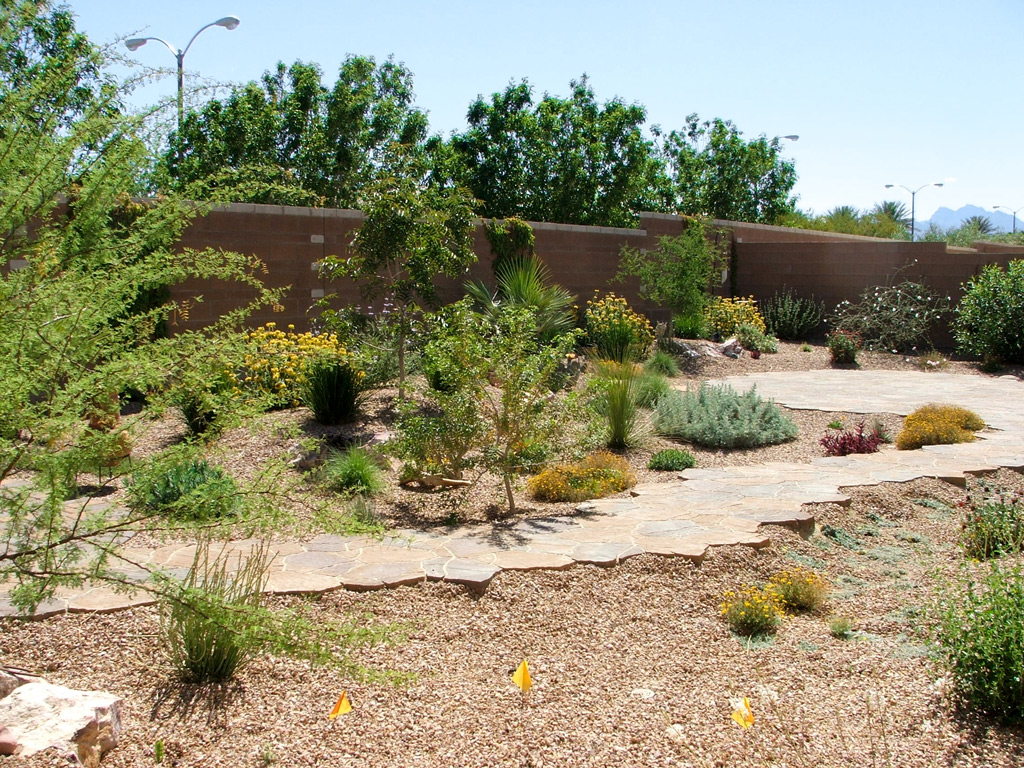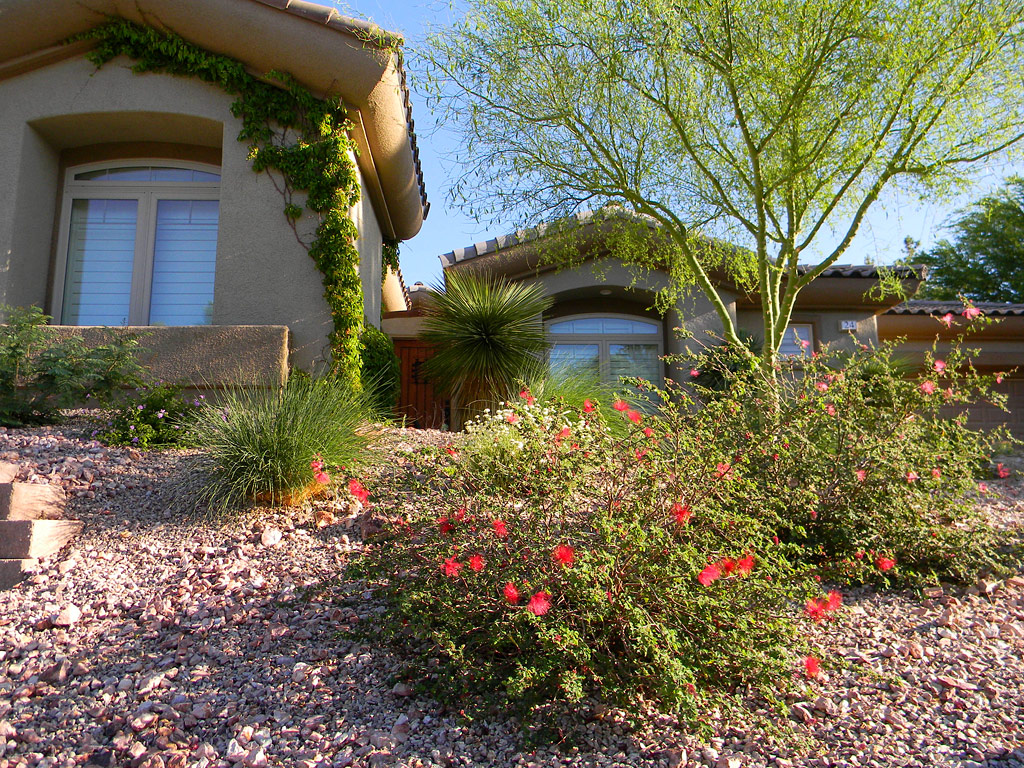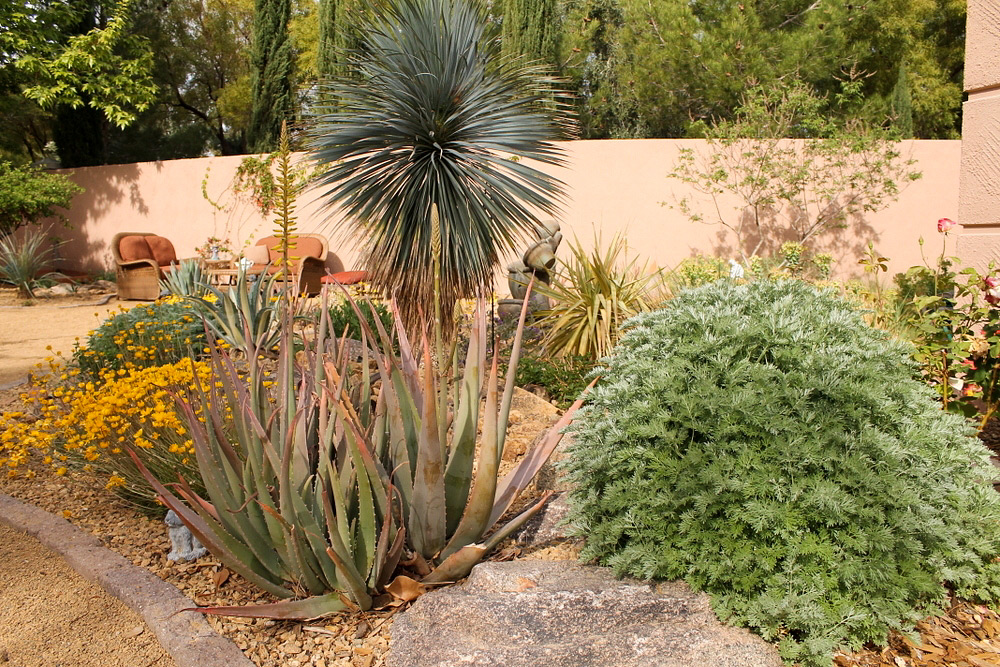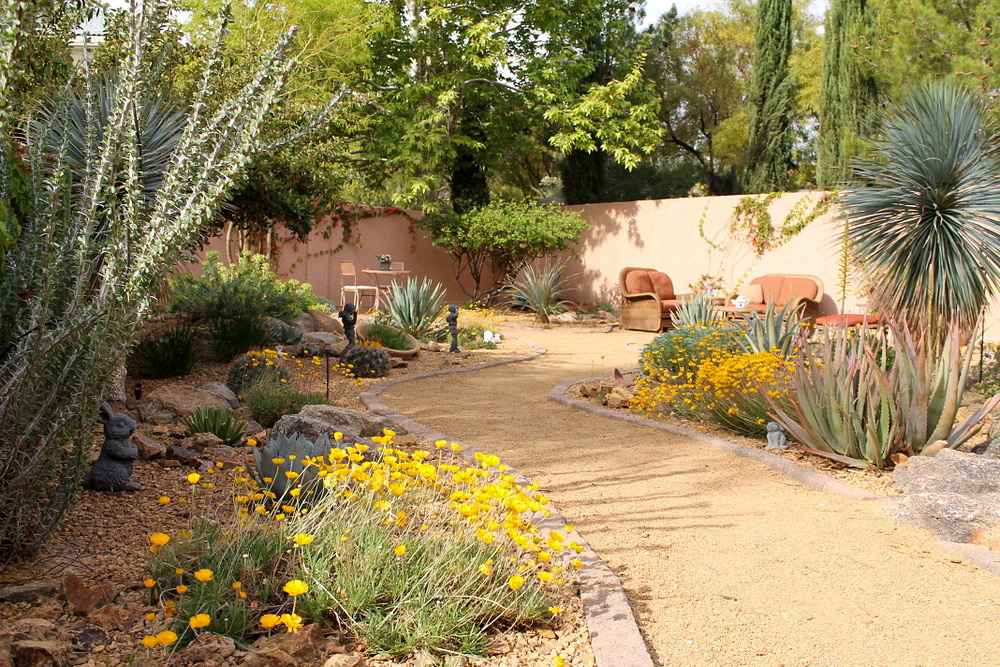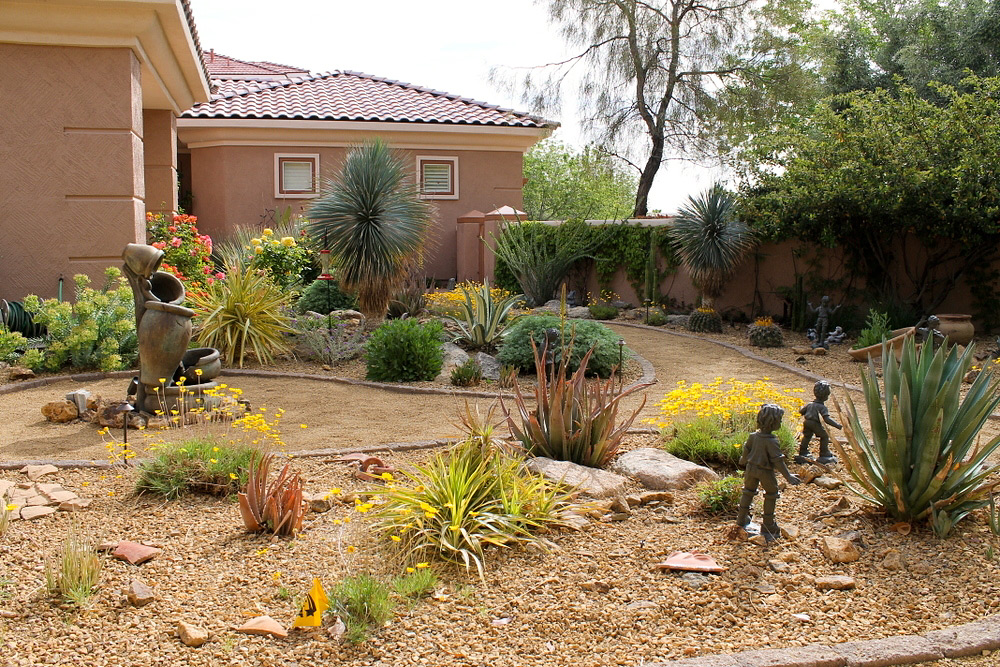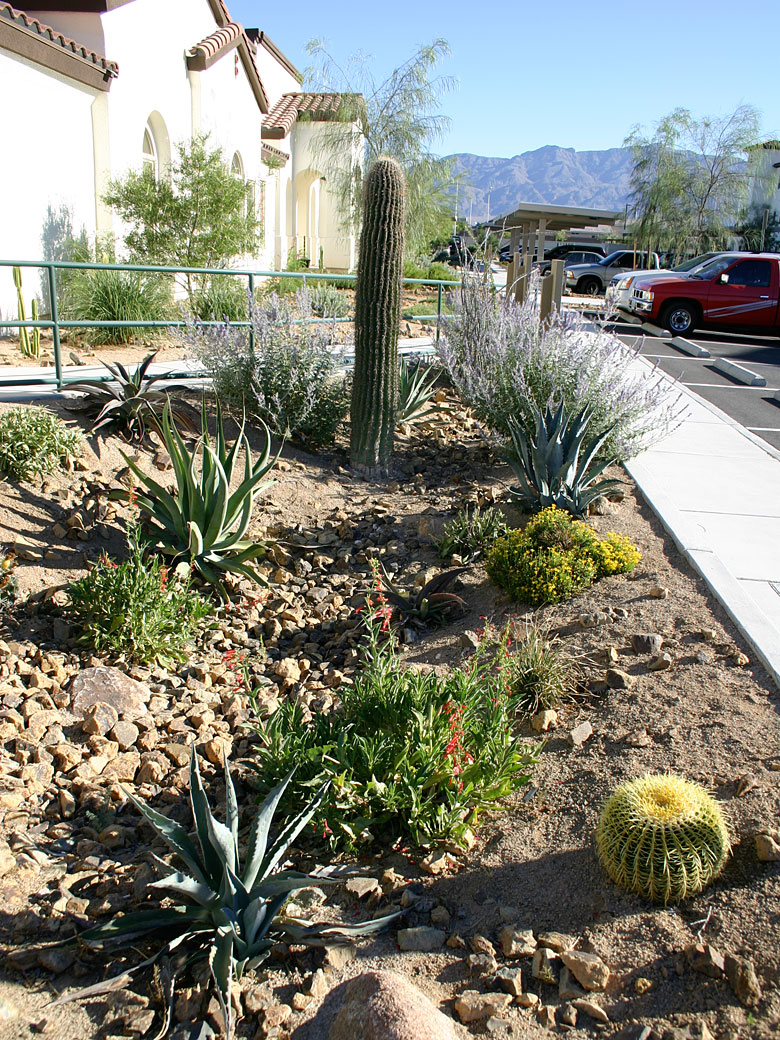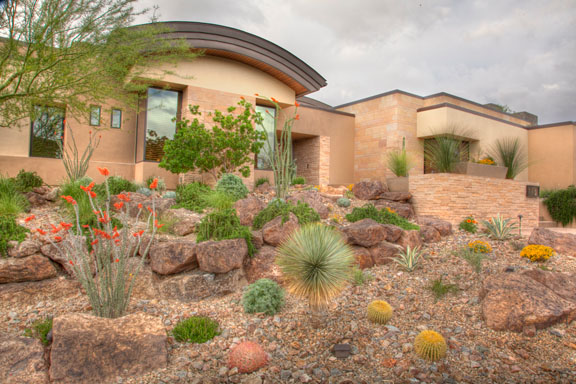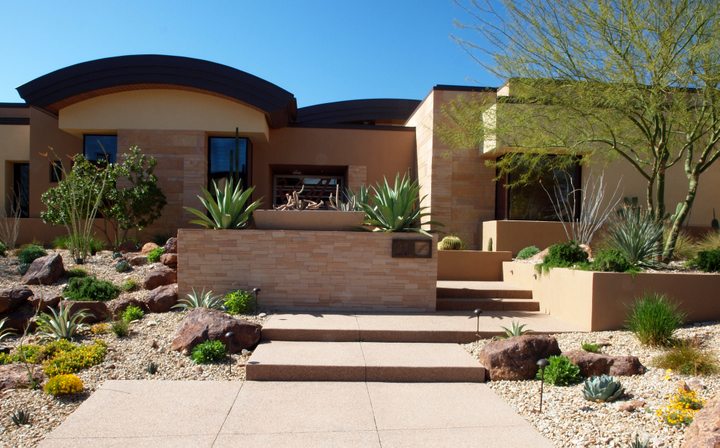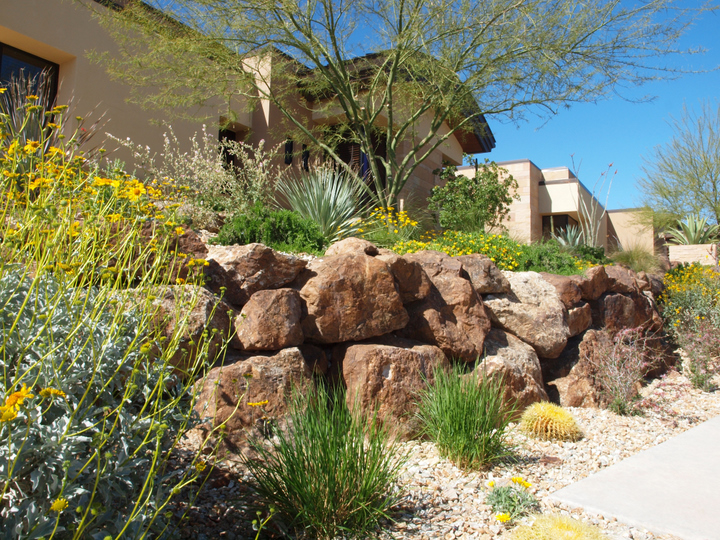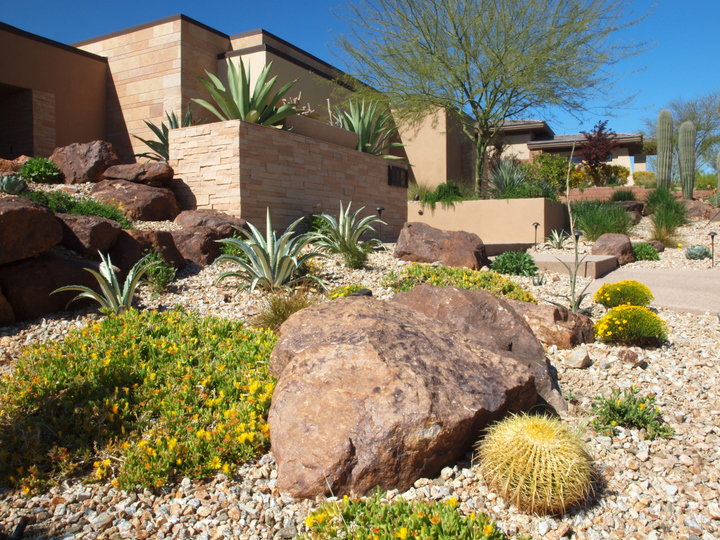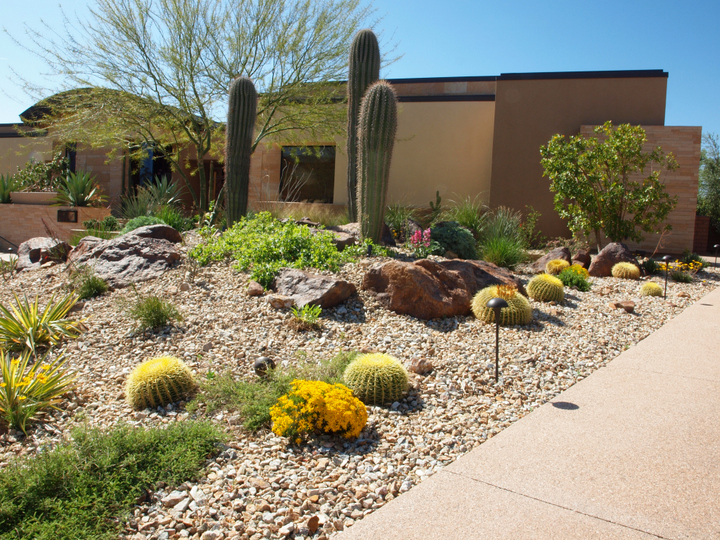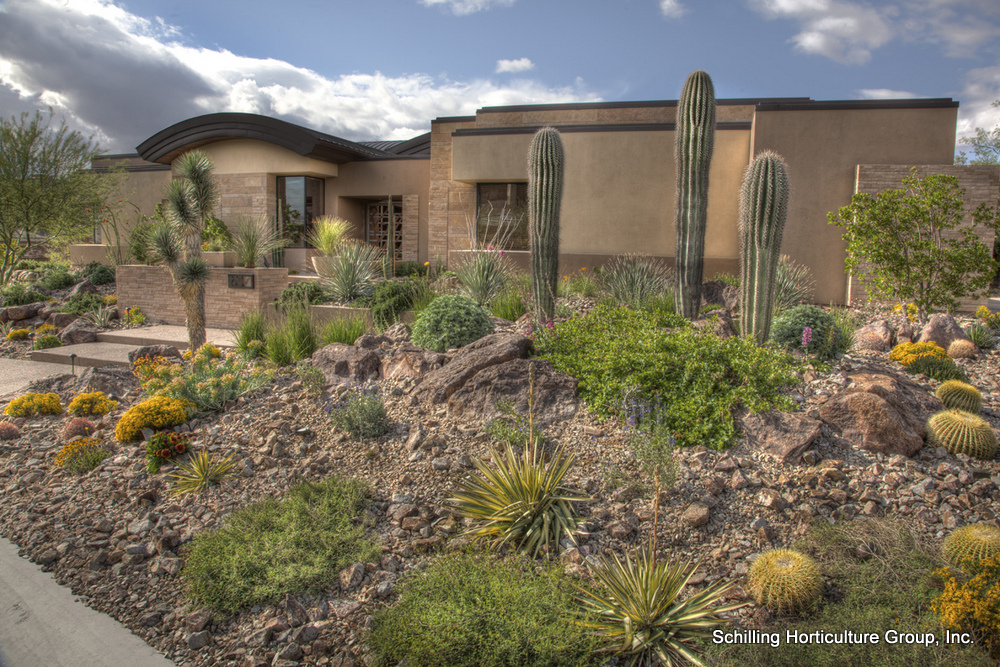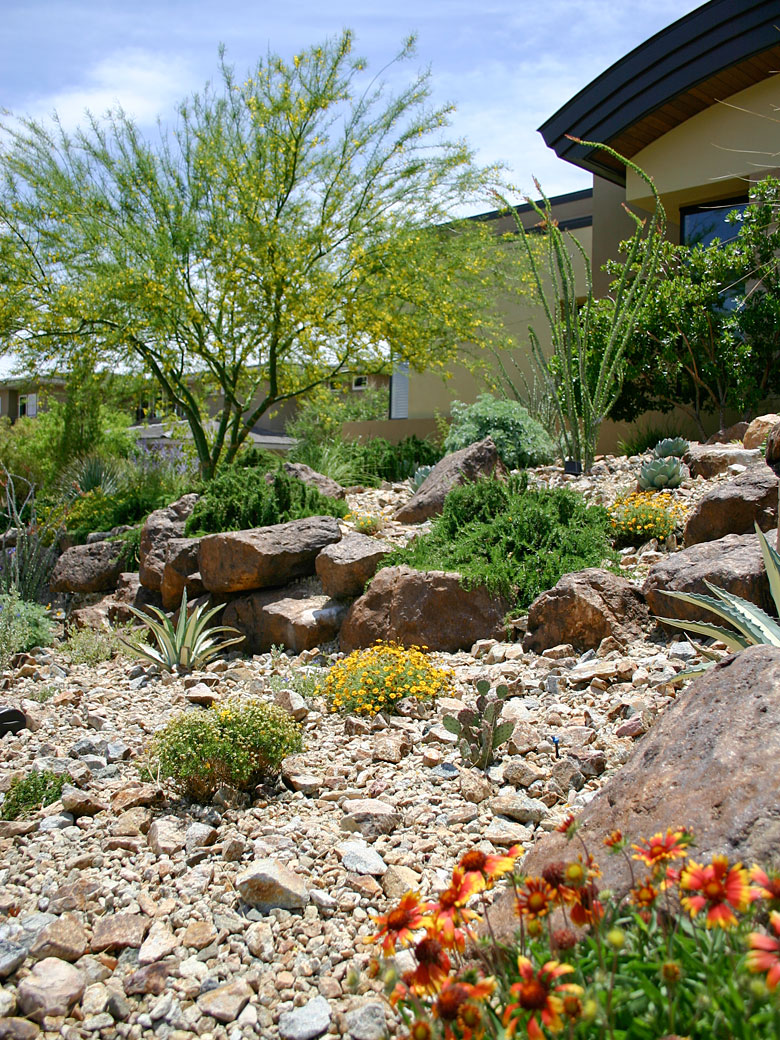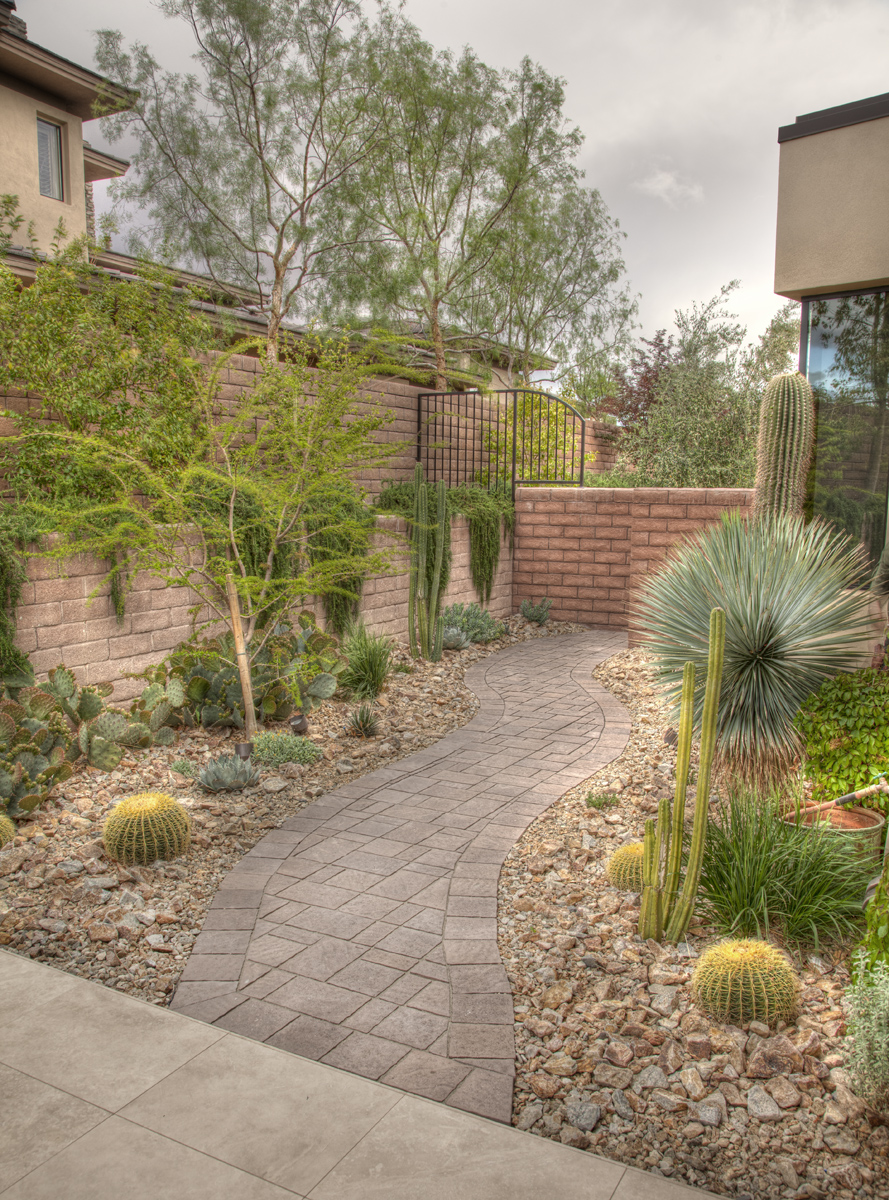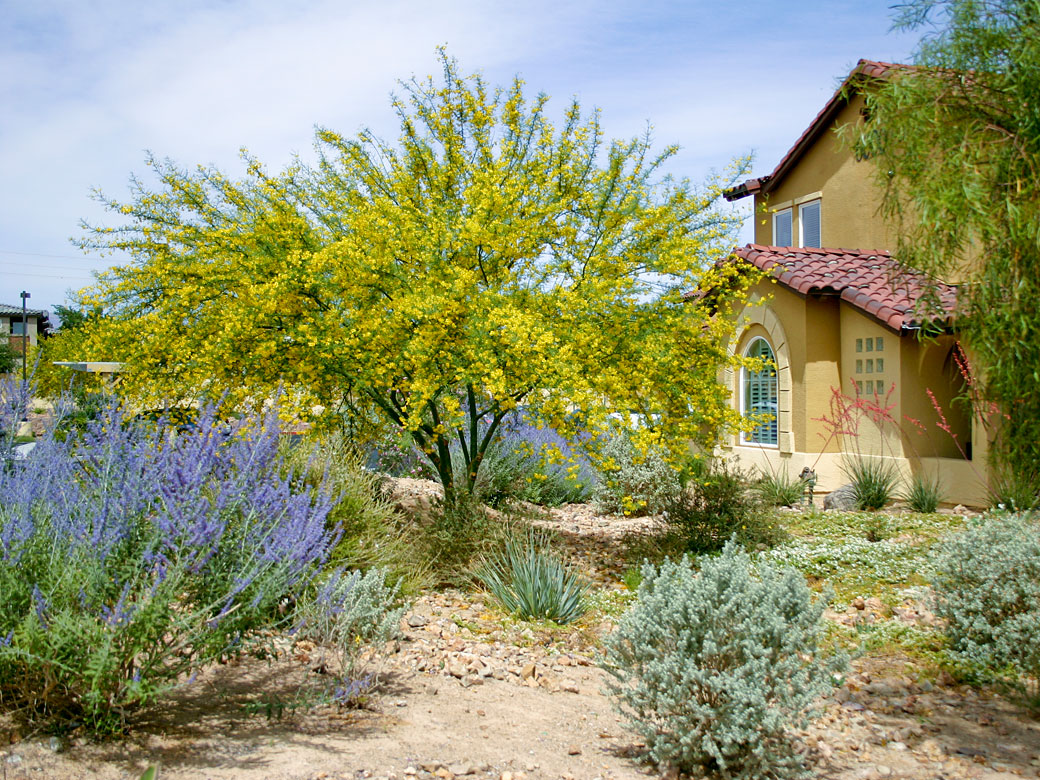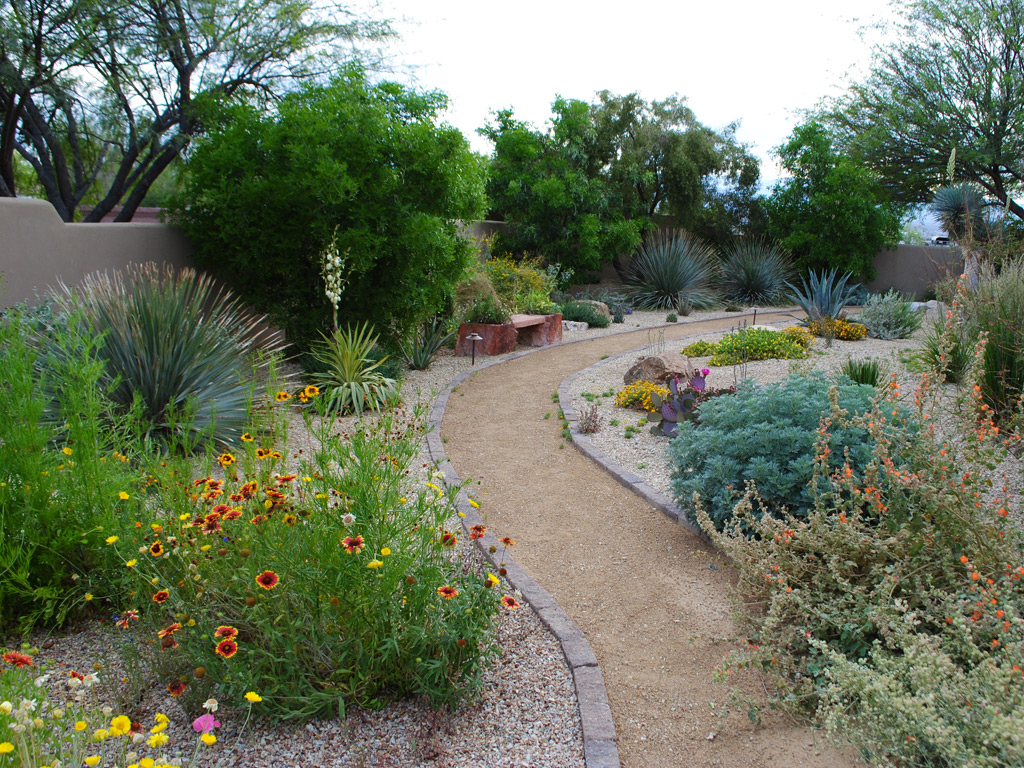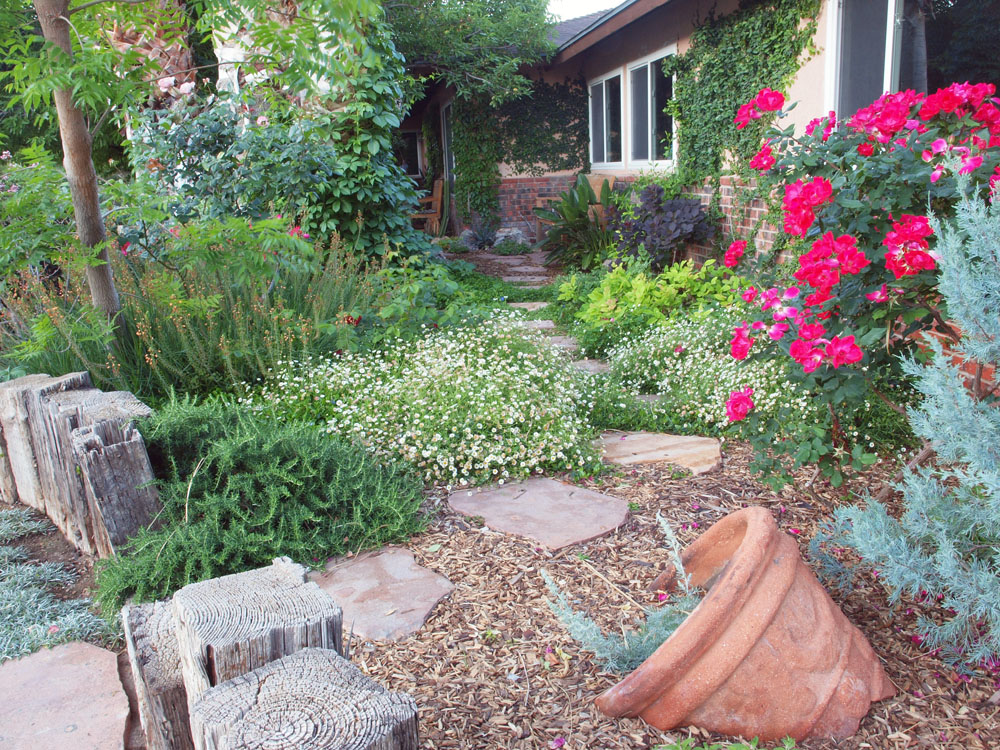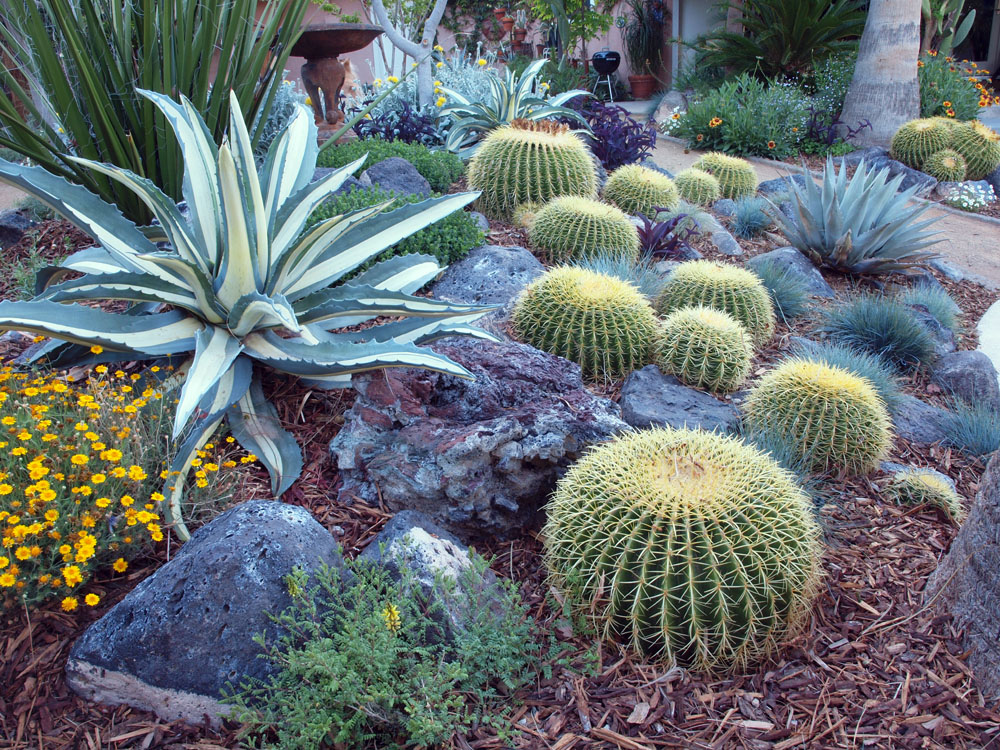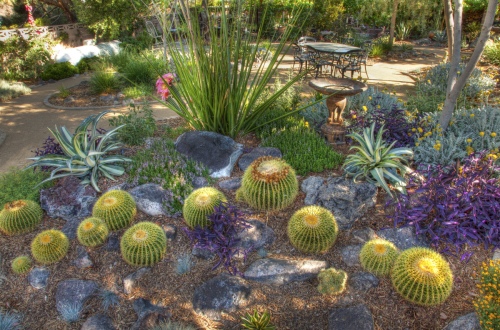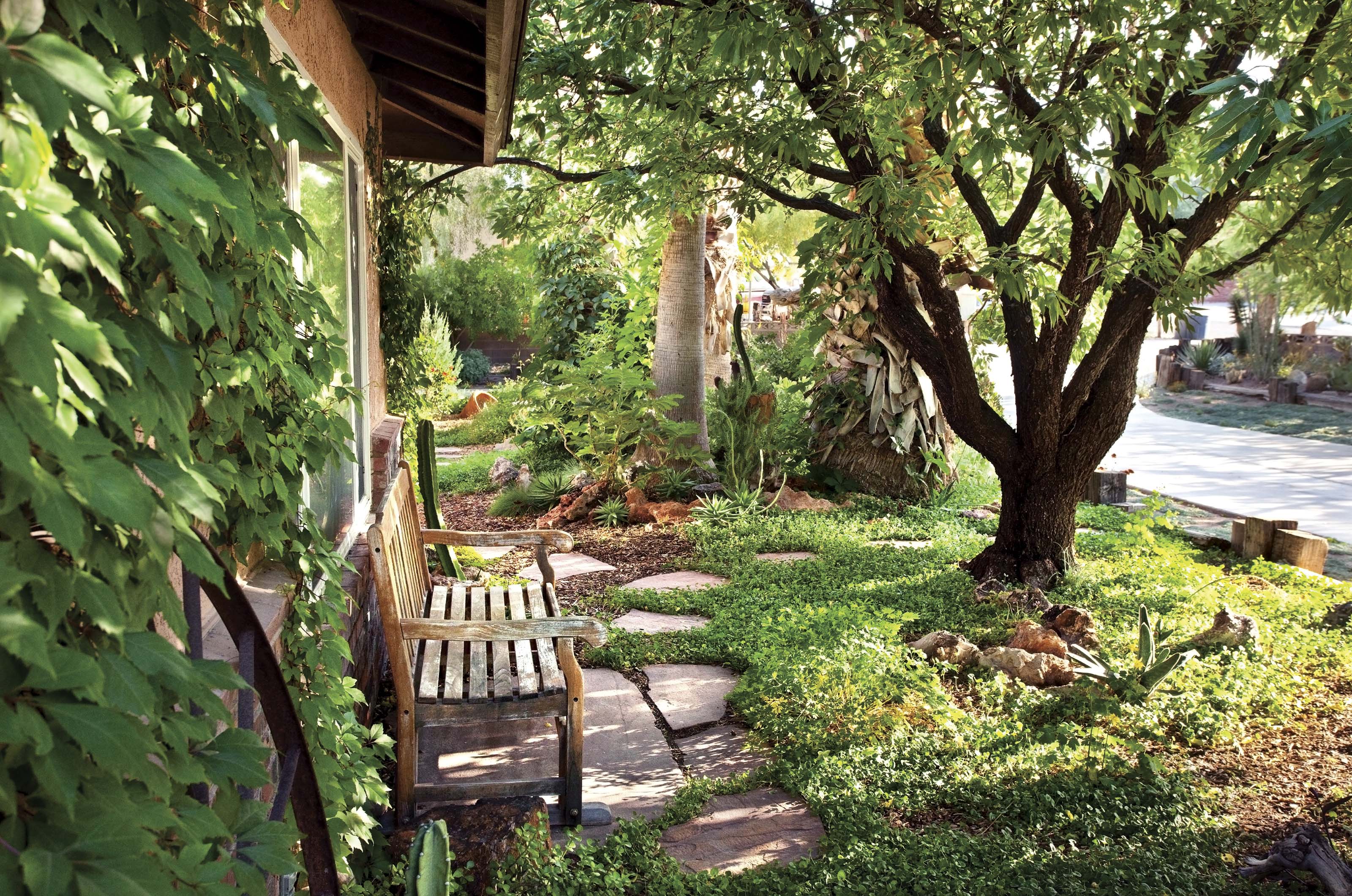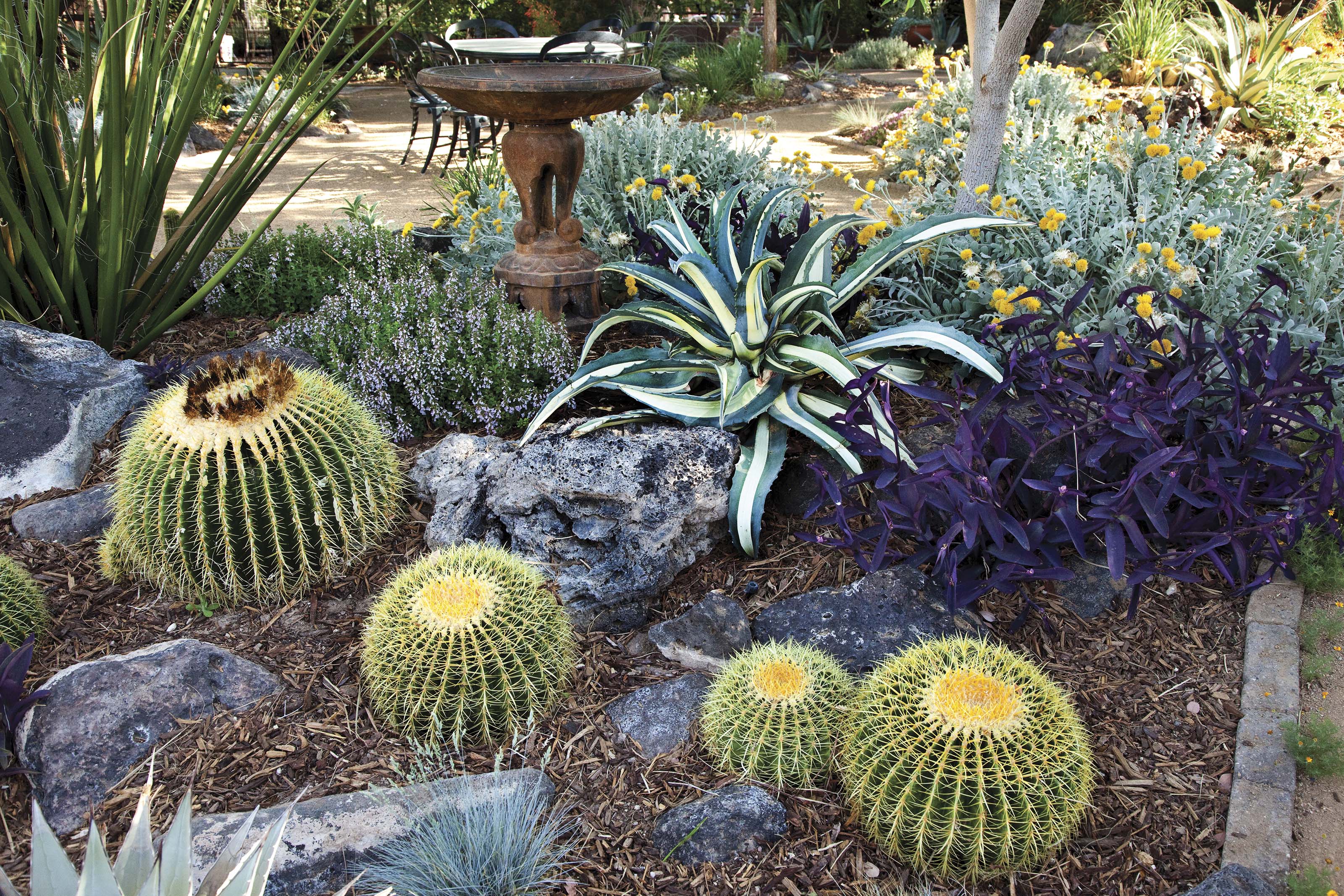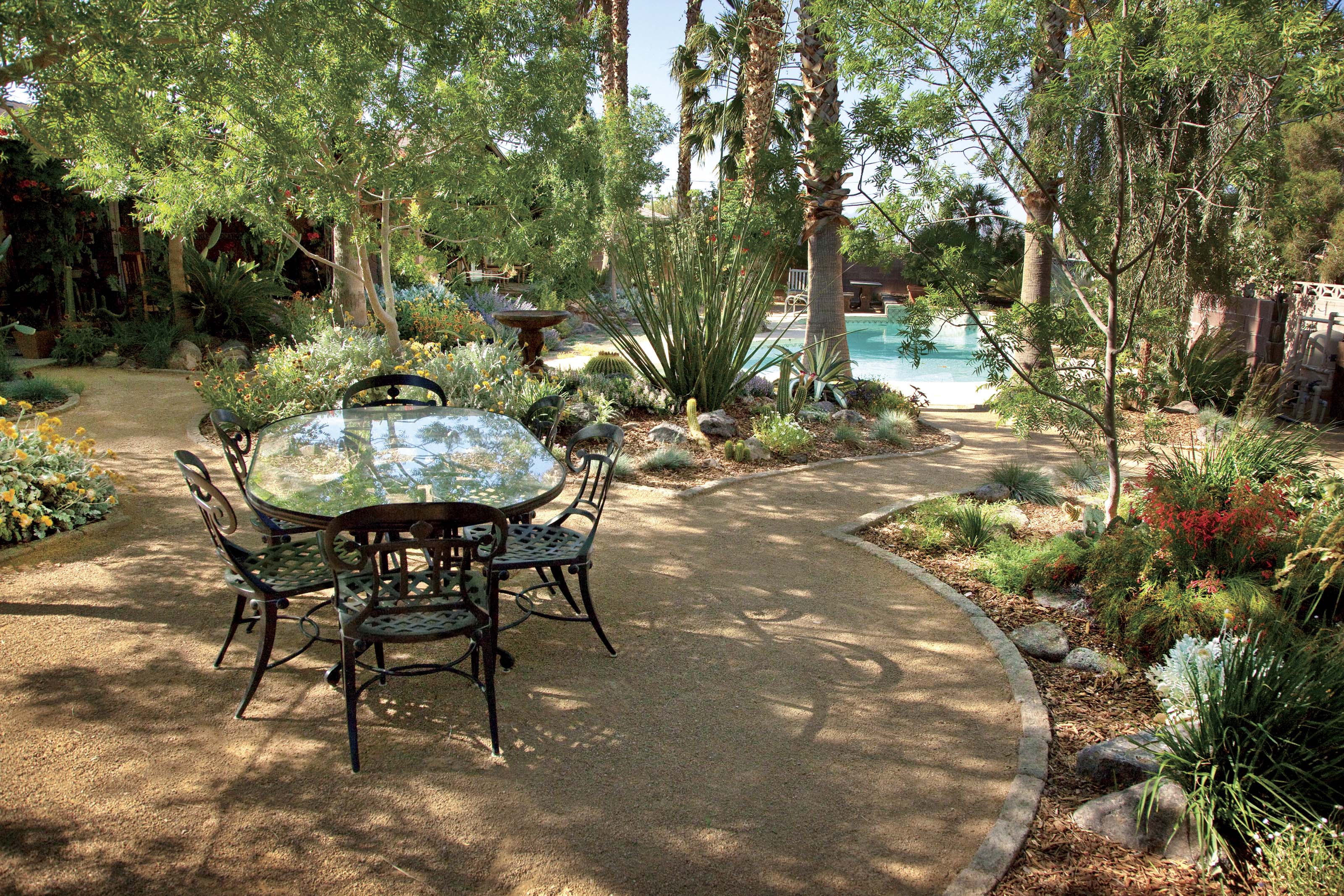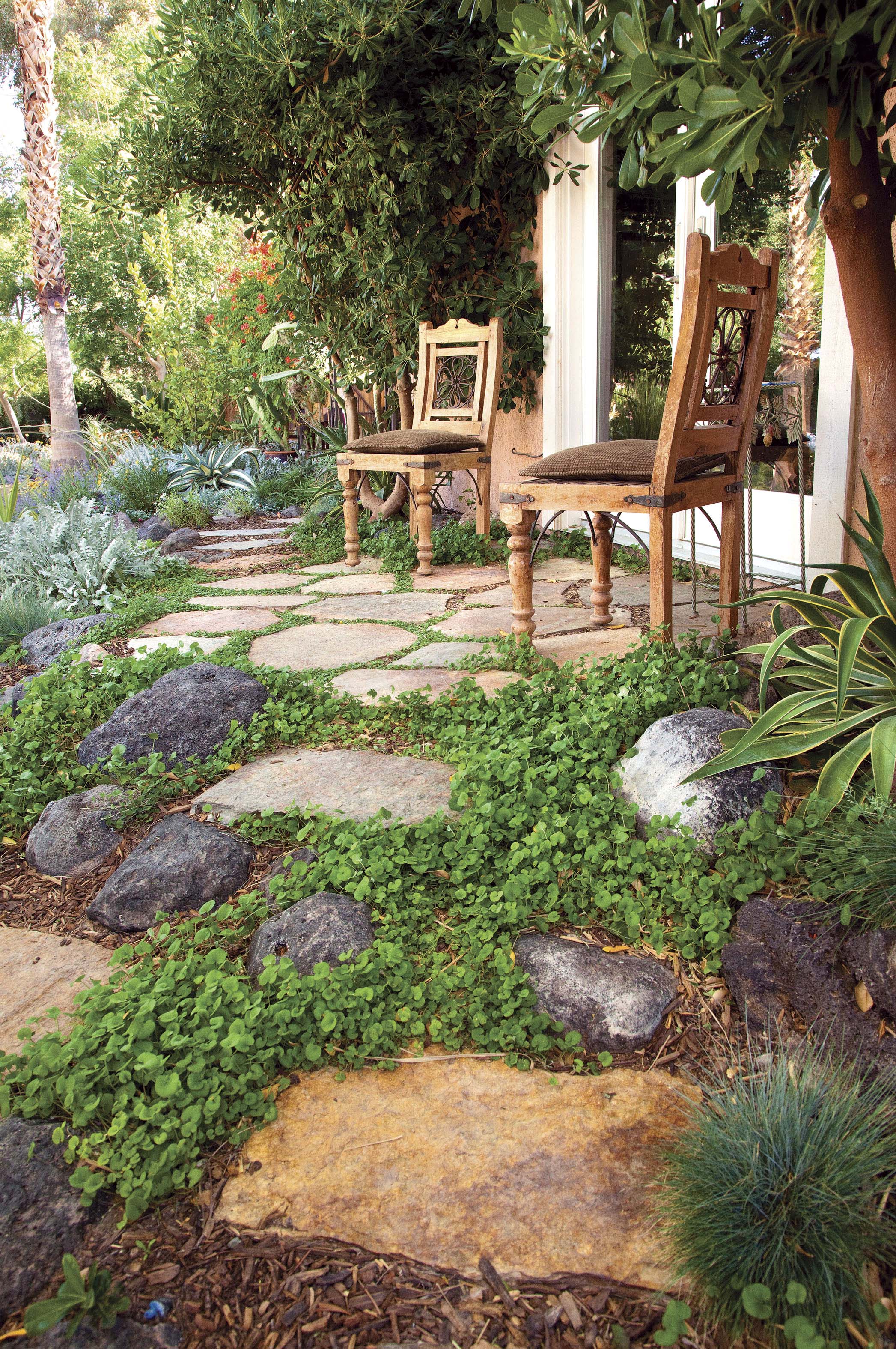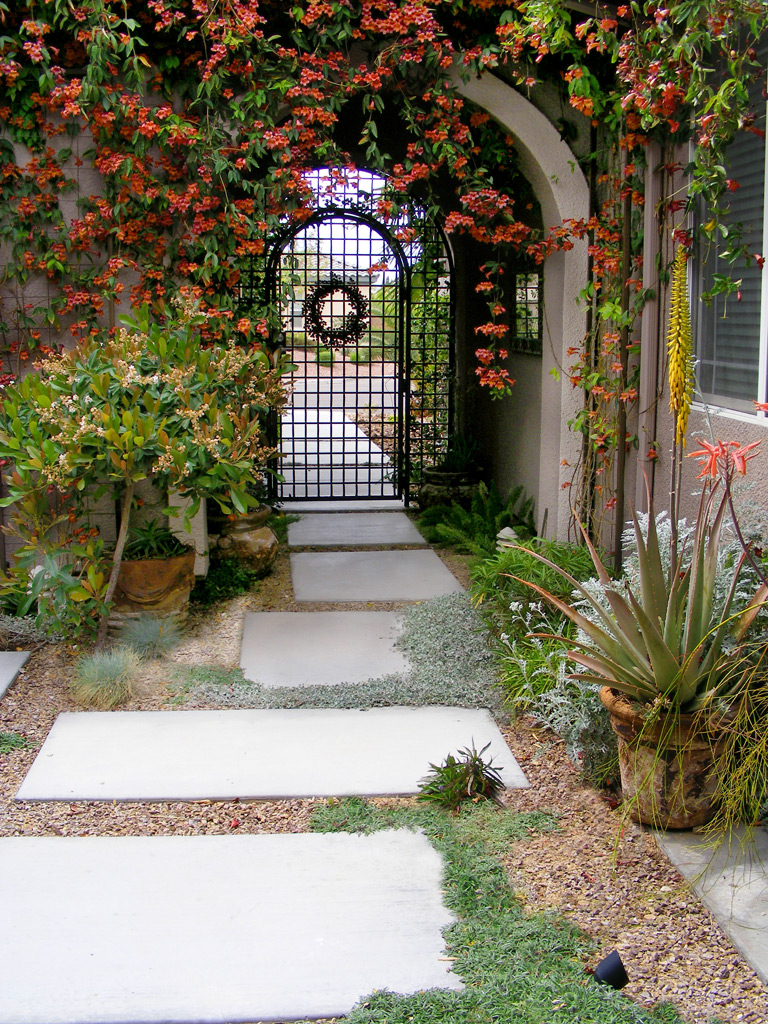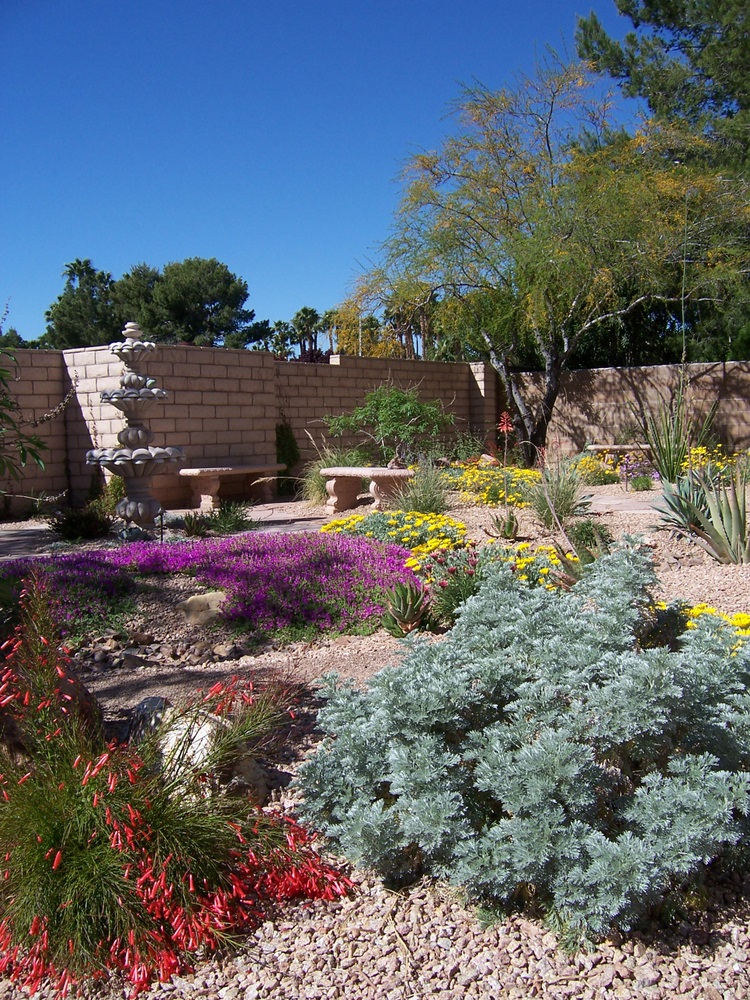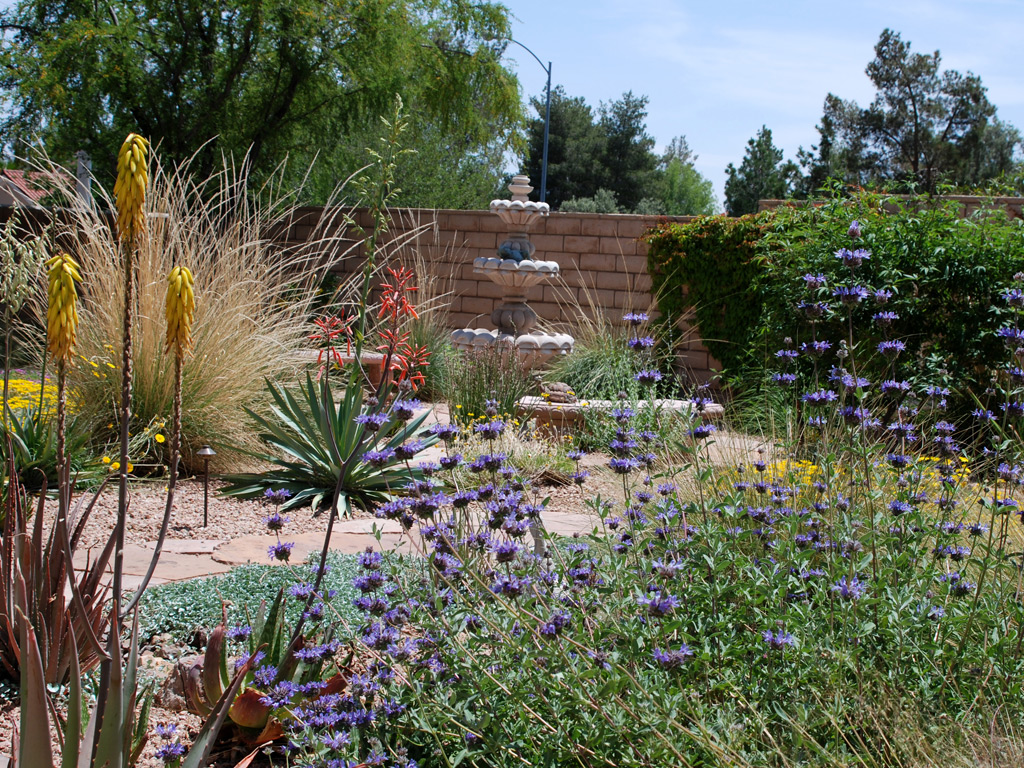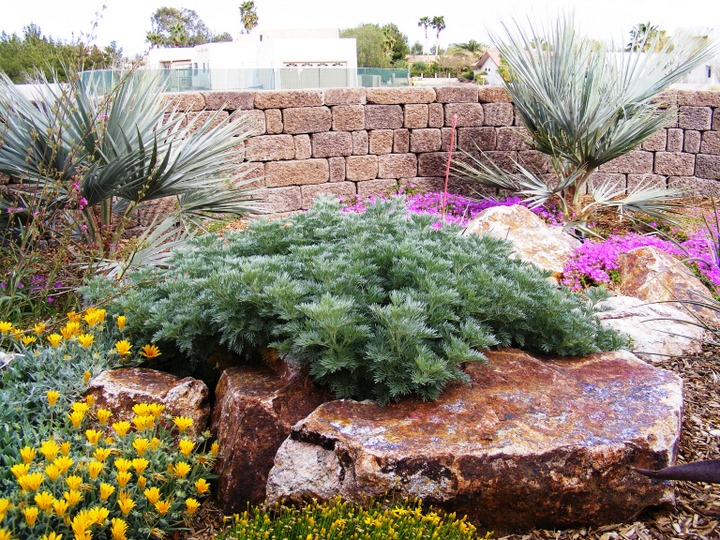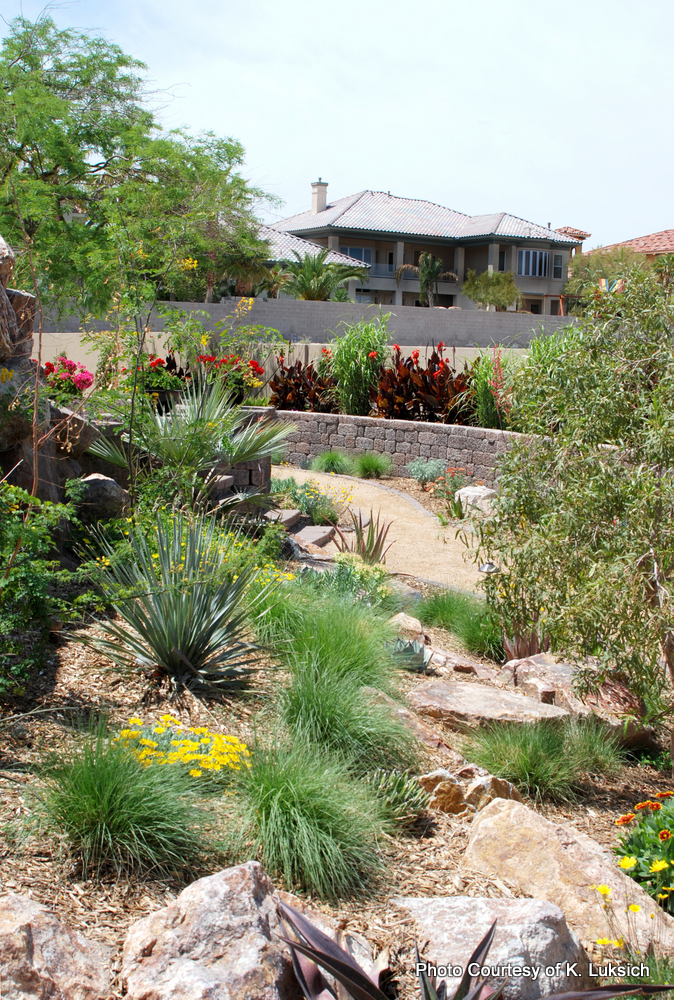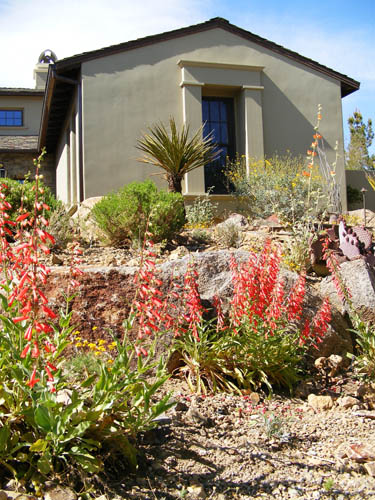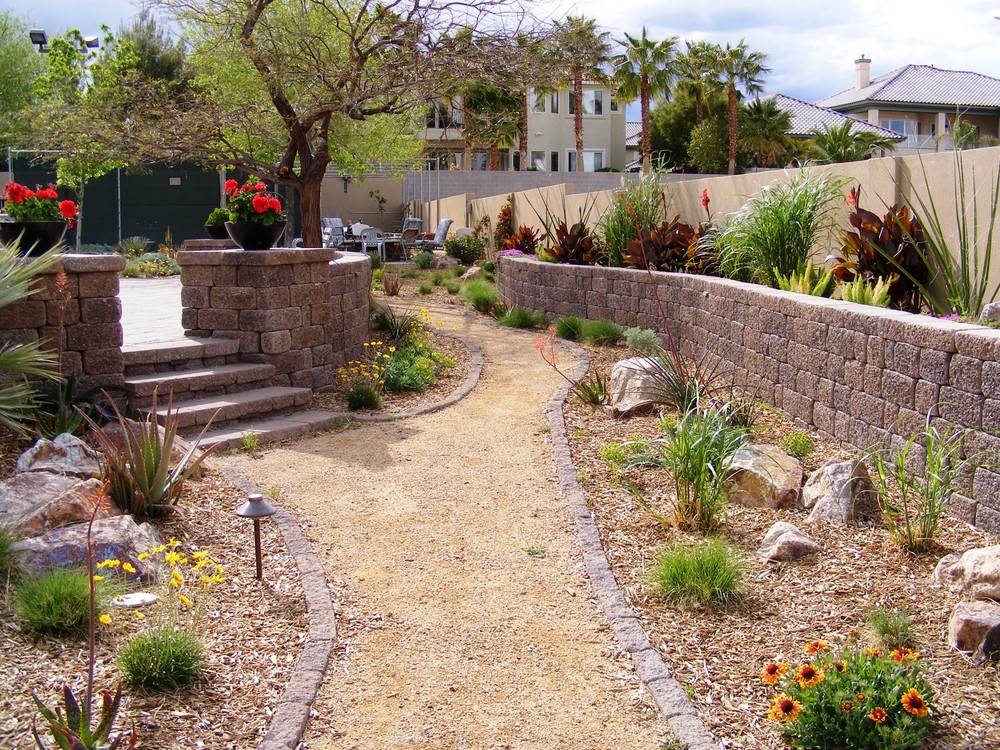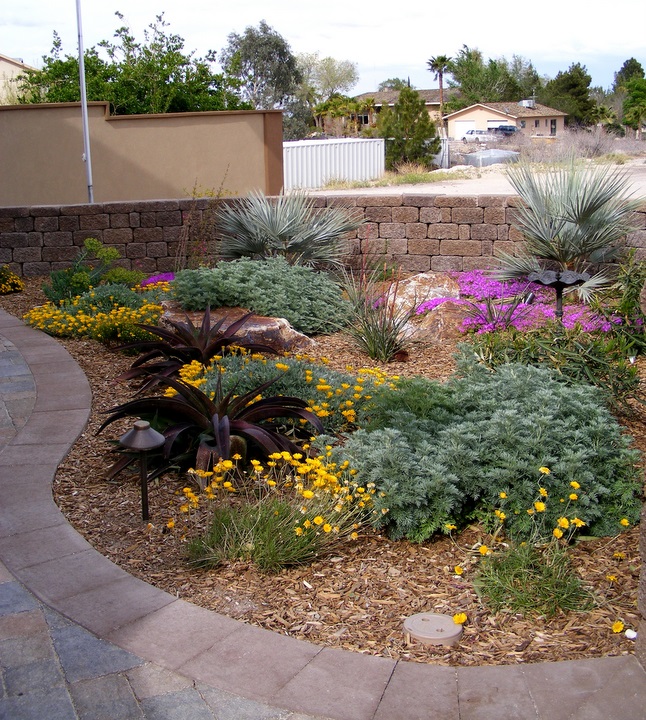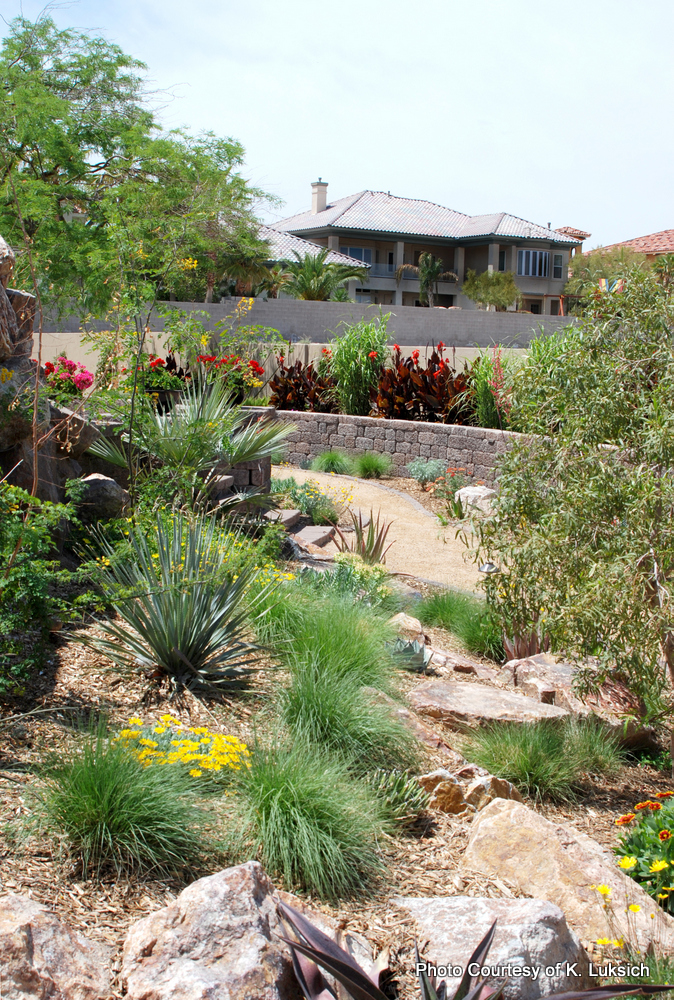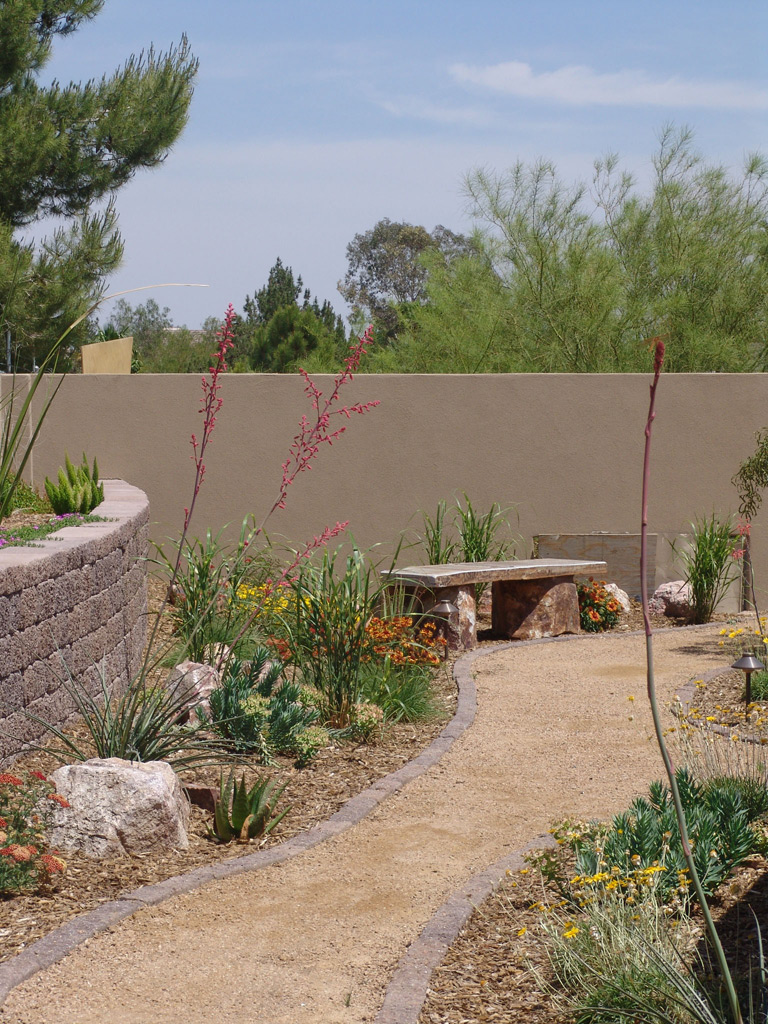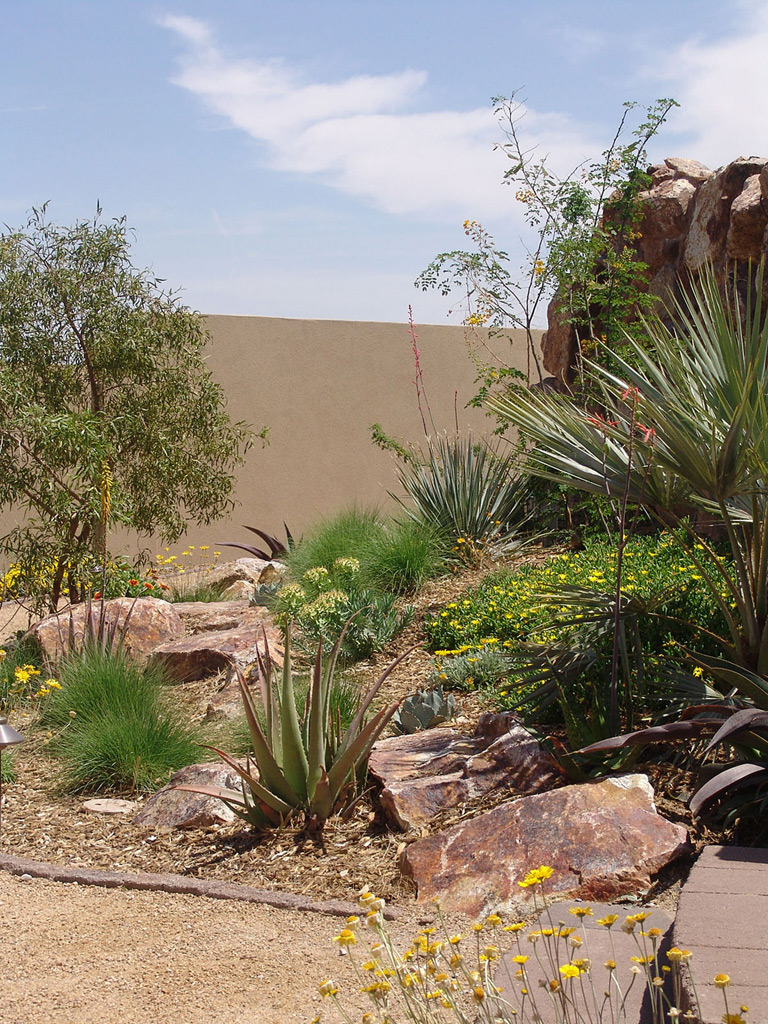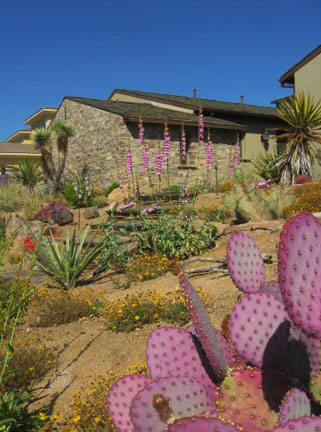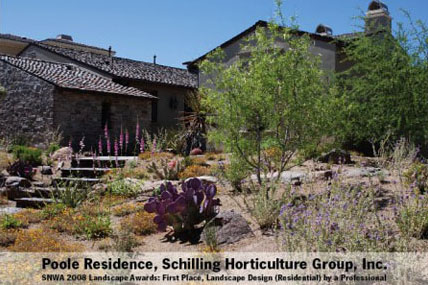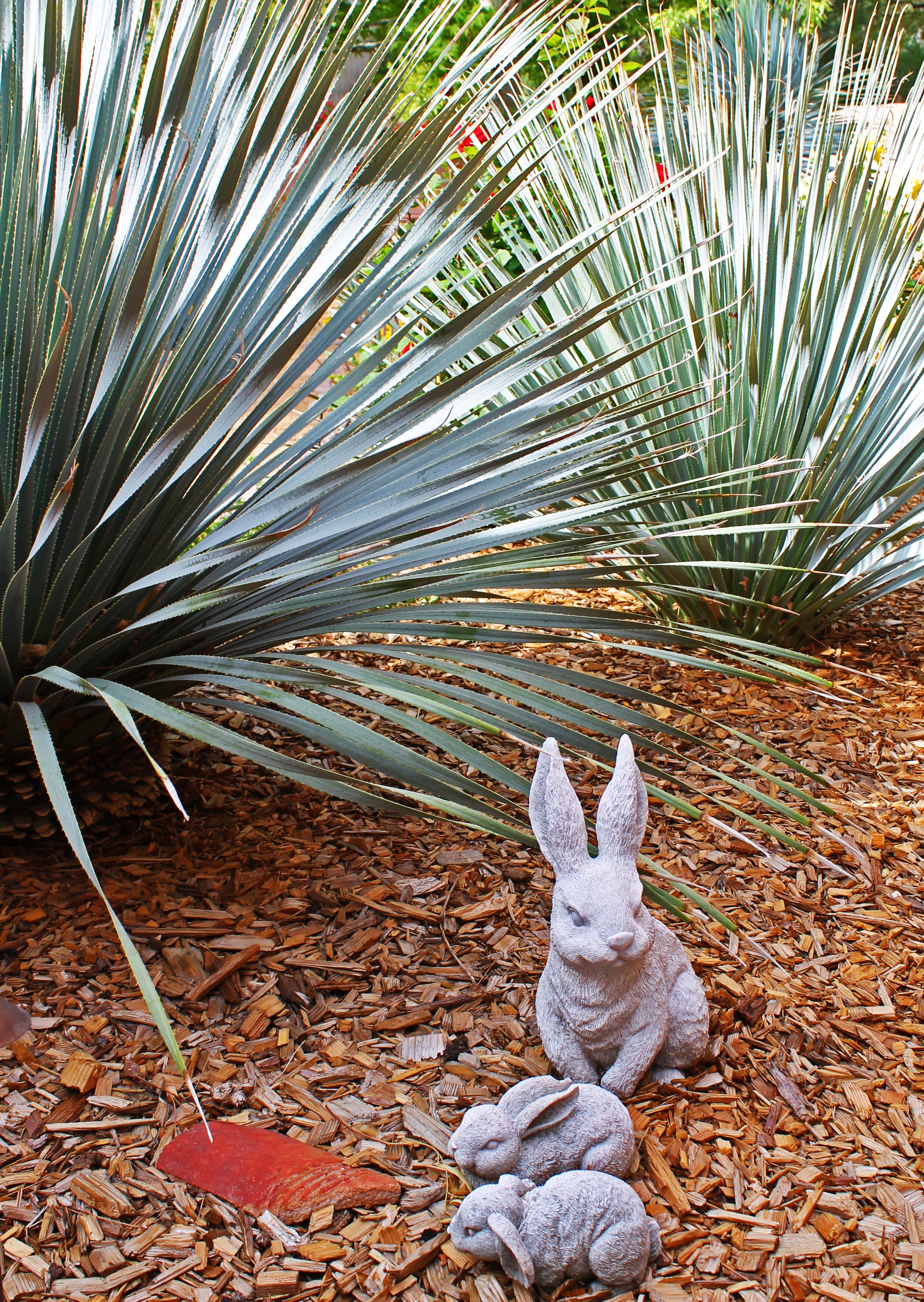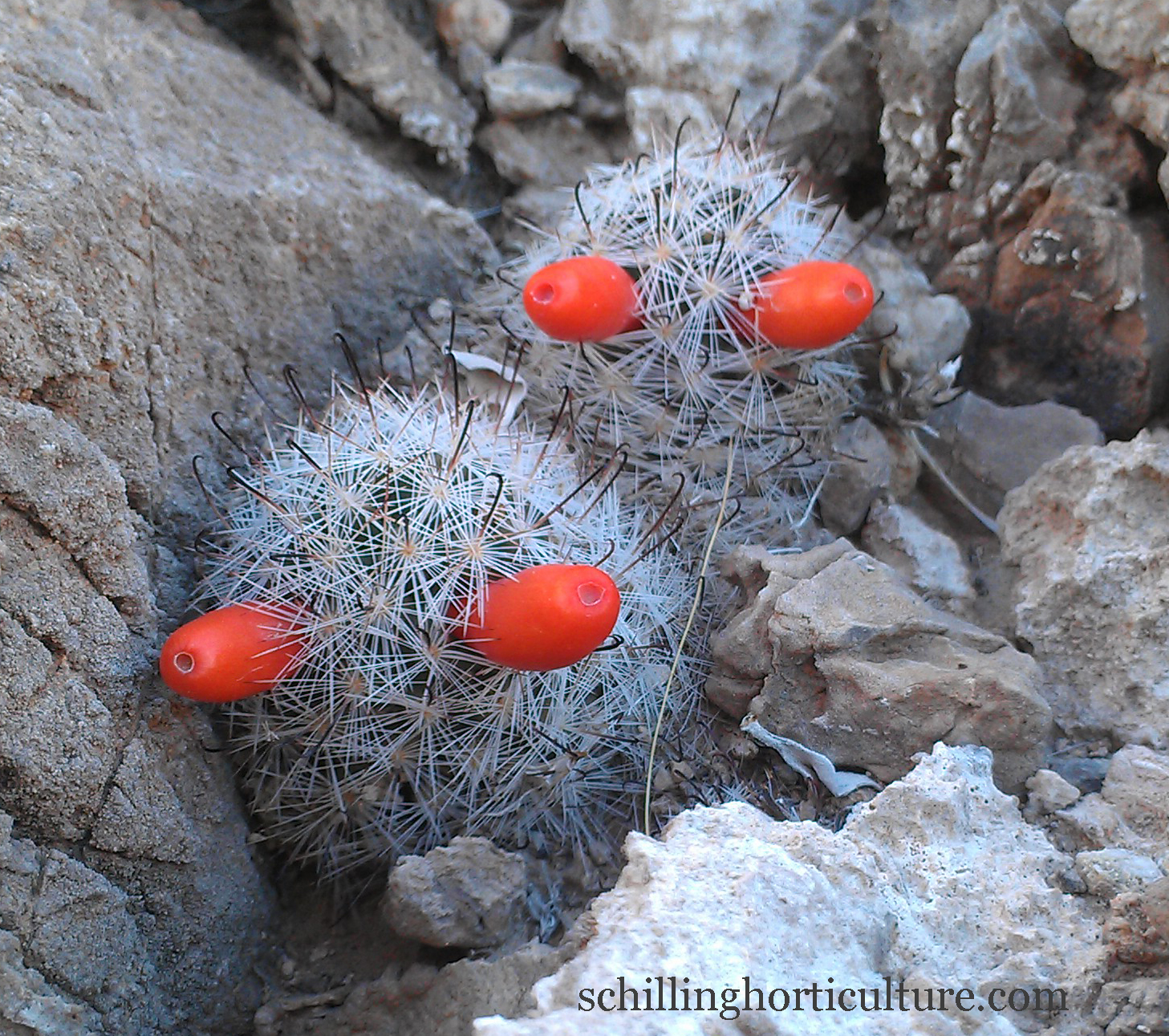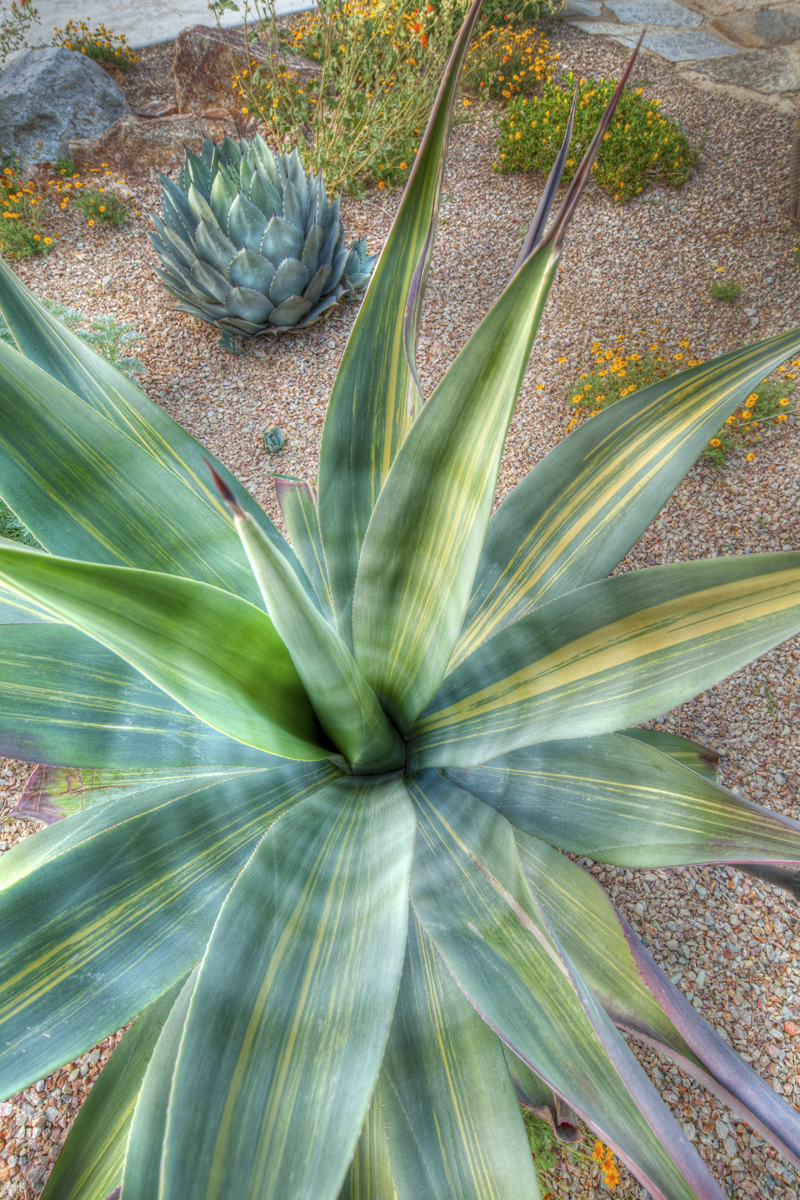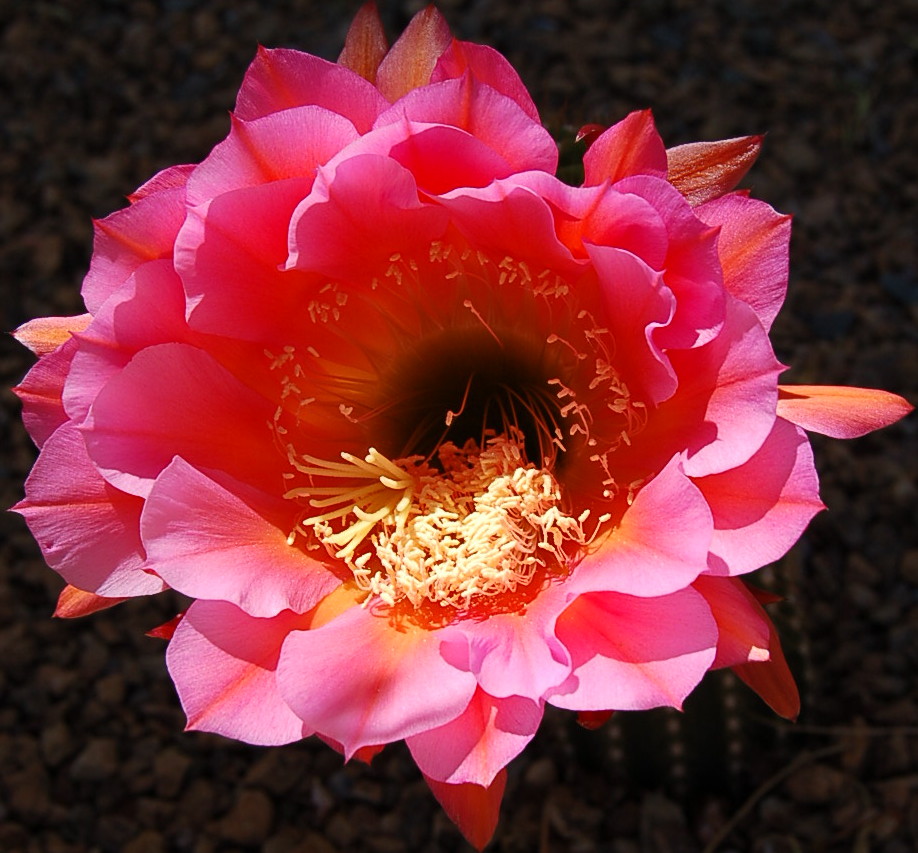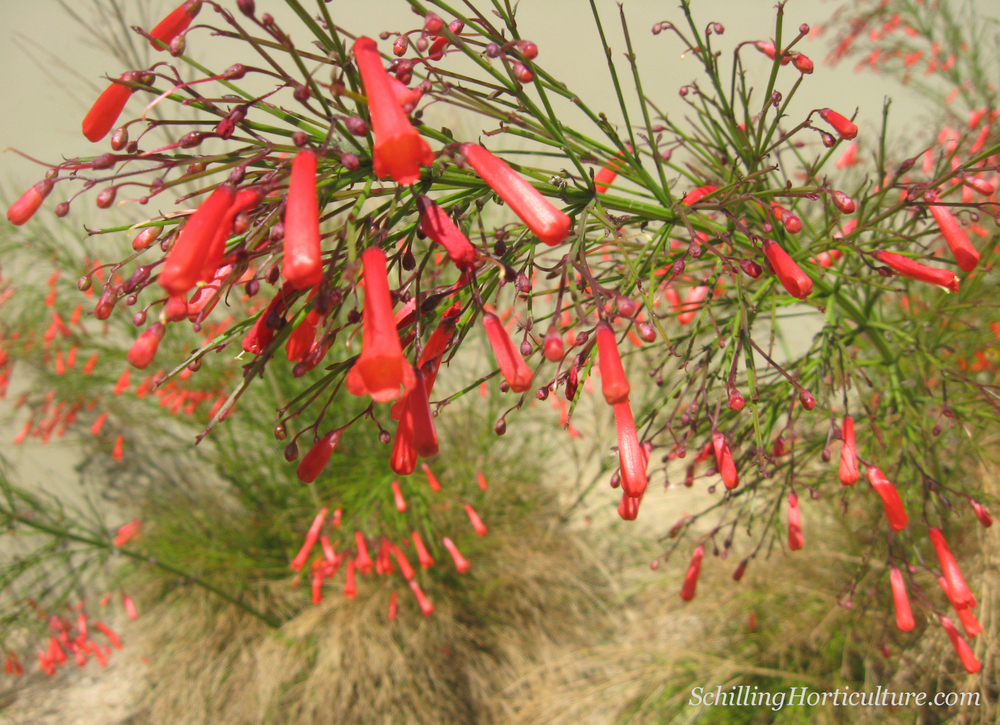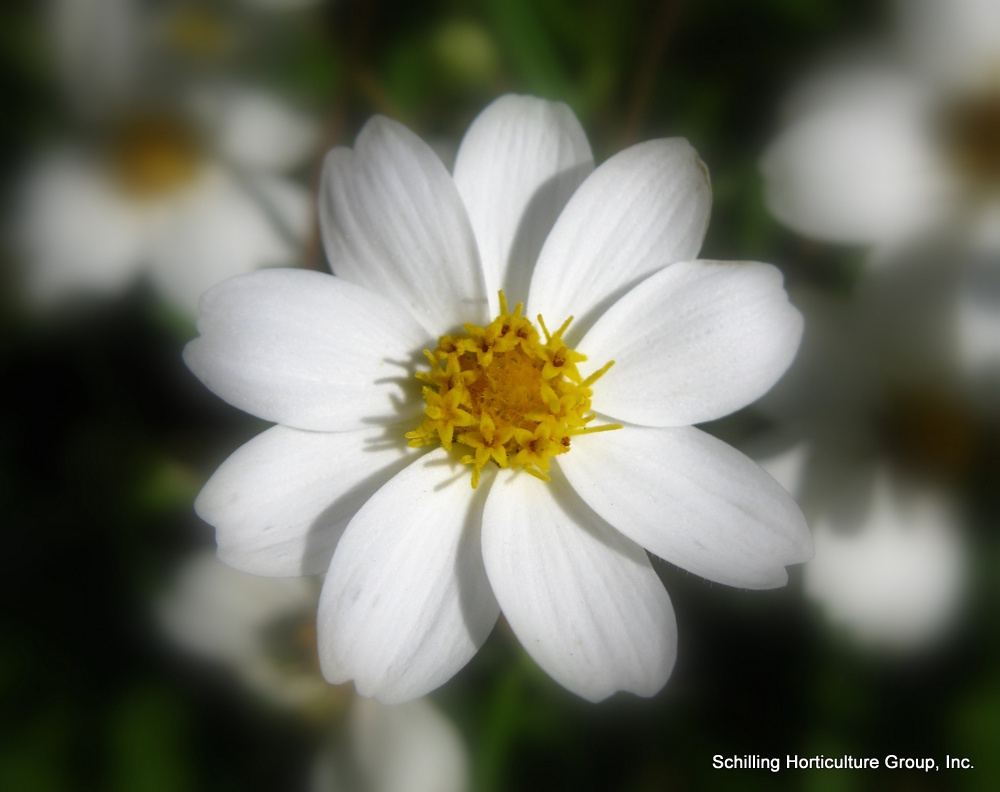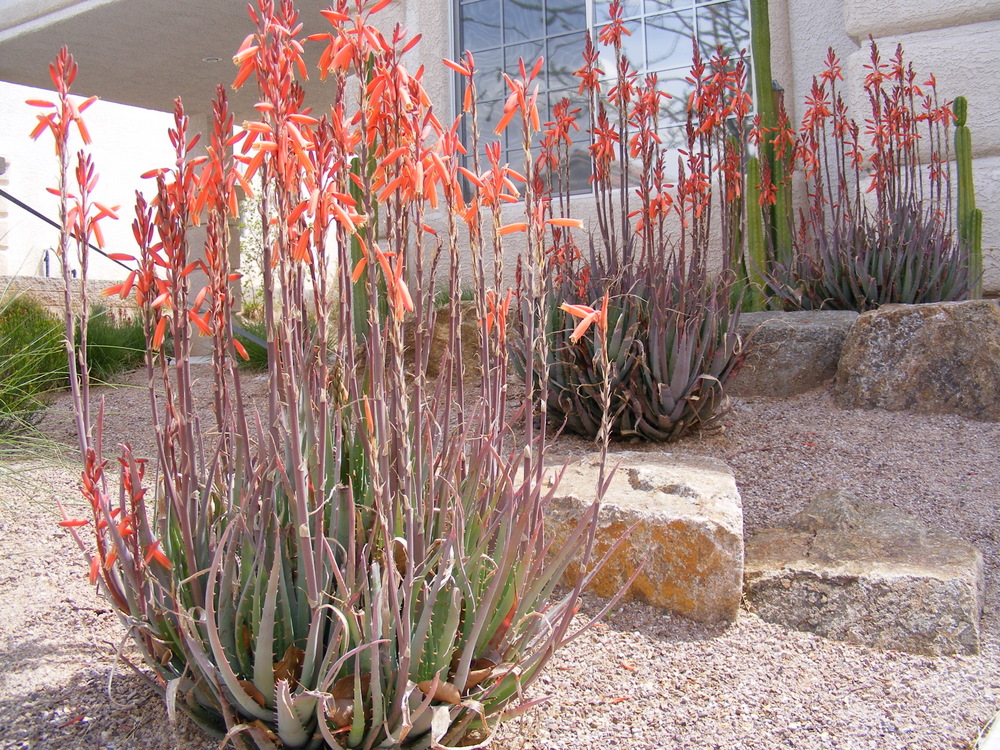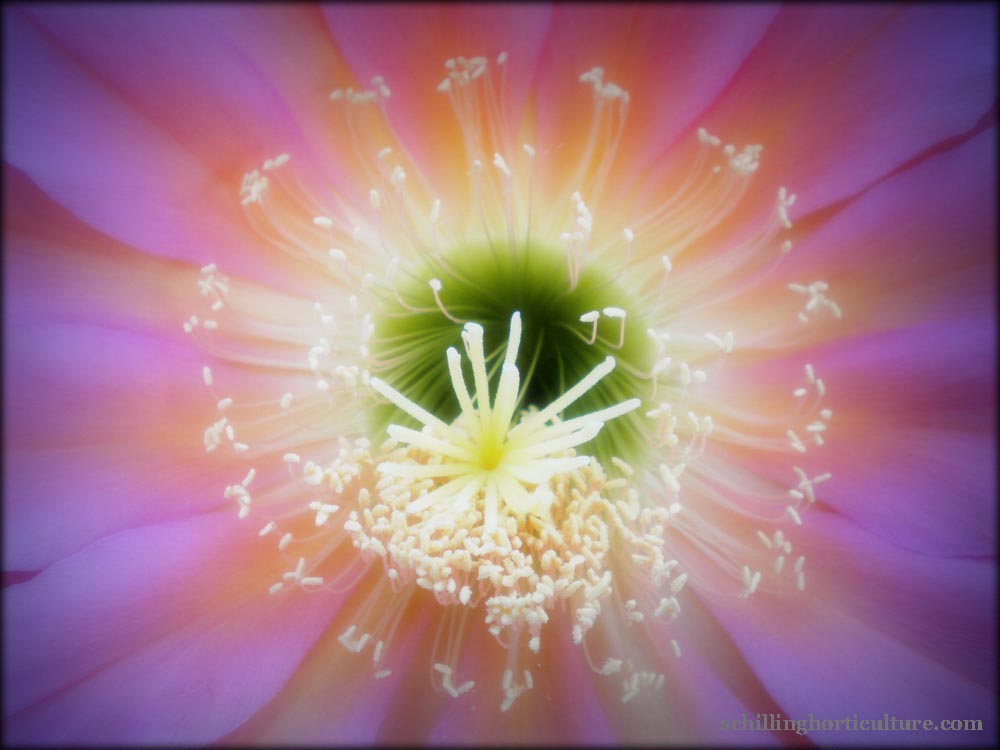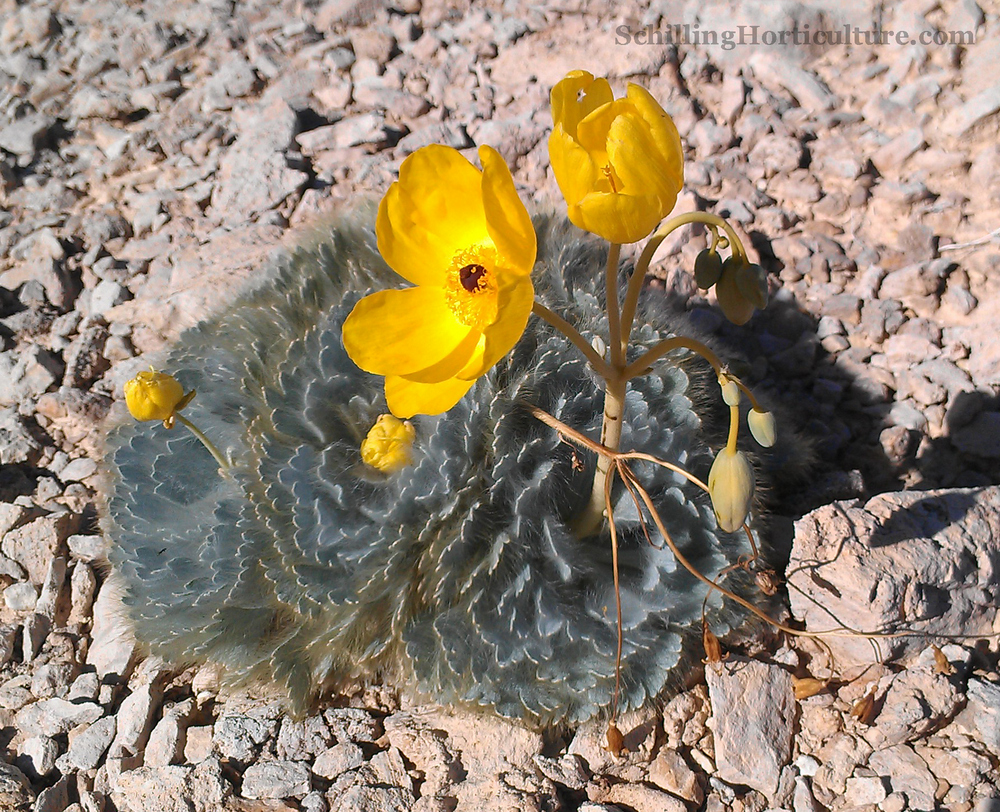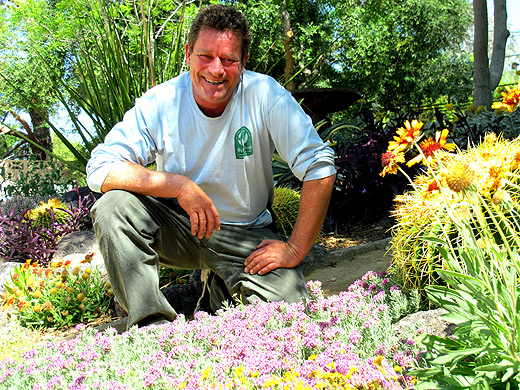Successful landscaping in the Southwest requires a different set of techniques than used by gardeners in most of the country. Whether you’re new to the desert southwest, or you’re looking for some fresh gardening ideas, every gardener’s favorite non-gardening hobby is reading about gardening. Here is a collection of desert gardening books we recommend.
A Desert Gardener’s Companion by Kim Nelson
Master Gardener Kim Nelson provides a wealth of information in an easy-to-use seasonal format, covering what to do week-by-week in desert climates.
Nevada Gardener’s Guide by Linn Mills
This book contains easy-to-use advice on the top landscape plant choices. It also recommends specific varieties, and provides advice on how to plant, how to grow and how to care for the best plants.
Month by Month Gardening in the Deserts of Nevada by Mary Irish
The Month-By-Month series is the perfect companion to take the guesswork out of gardening. With this book, you’ll know what to do each month to have gardening success all year.
Desert Gardening for Beginners: How to Grow Vegetables, Flowers and Herbs in an Arid Climate by Cathy Cromell, Linda A. Guy, and Lucy K. Bradley
Plain and simply packaged, this book does not have gorgeous illustrations or lush photographs, but the information contained within is excellent. From choosing a site to ways to improve soil structure, all the basics that gardeners need for this region are covered. The authors do offer a few suggestions on selecting plant varieties for the desert as well as an appendix devoted to growing calendars for vegetables, fruits, and herbs.
Plants For Dry Climates: How To Select, Grow, And Enjoy by Mary Rose Duffield
Plants for Dry Climates comprises both good landscape design and essential cultural information for nearly 450 plants. It gives readers all the information they need to plan a complete landscape that includes both mini-oasis features as well as arid-landscape plantings.
What plants to grow, how to nurture them, and where they do the very best, it’s all here. The most recent edition of Sunset includes more than 8,000 plant selections for western states. While not all plants in this book are suitable for the desert, this book is a great place to get ideas and understand plant requirements.
Desert Landscaping for Beginners: Tips and Techniques for Success in an Arid Climate by Arizona Master Gardener Press
Desert Landscaping for Beginners contains the latest research-based information from the University of Arizona, written in user-friendly language. Topics covered include selecting and transplanting trees and shrubs, watering desert landscapes, pruning, plant problems and pests, cacti and succulents, wildflowers, roses, citrus, lawns, and the magic of desert plants.



